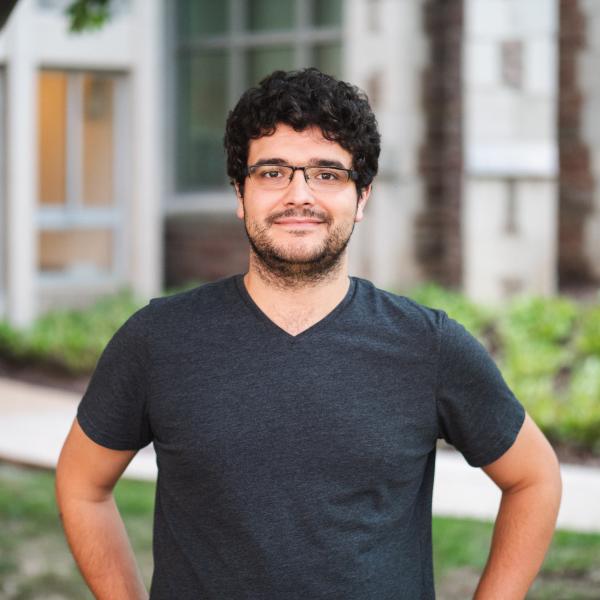
News
Back Results for: Faculty


Crystallizing time
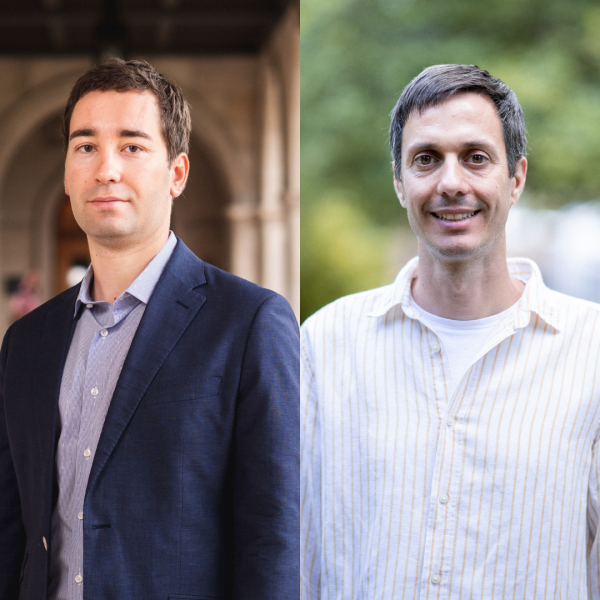
Tikhonov and Errando promoted with tenure
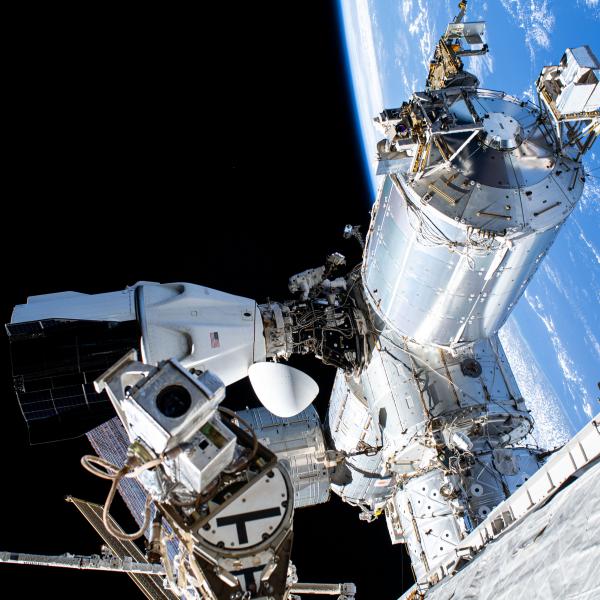
WashU-led astrophysics mission lands its spot on space station
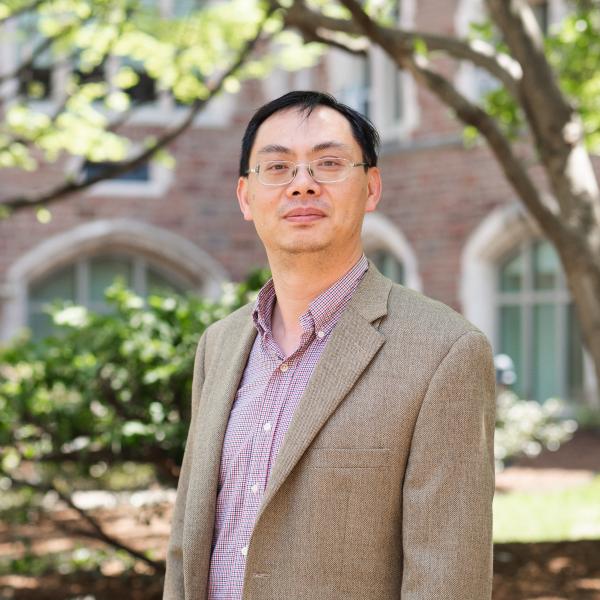
Prof Li Yang has been selected into the list of the world’s most 'highly cited' scientific researchers

Yang installed as Albert Gordon Hill Professor of Physics
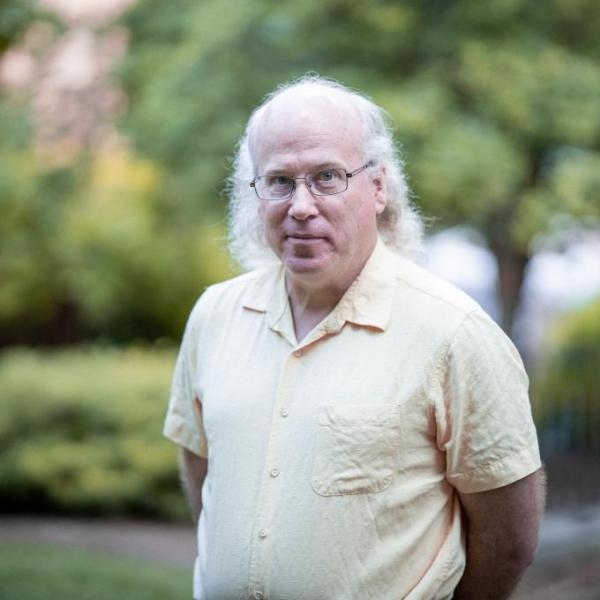
What is the solar maximum?
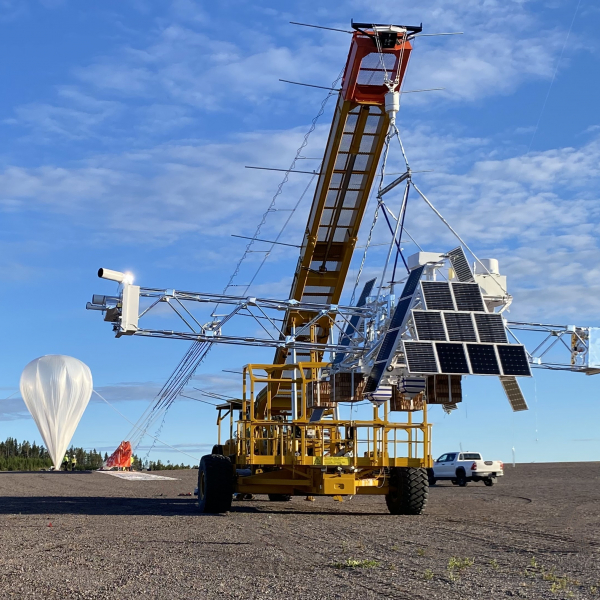
NASA balloons study atmosphere and cosmos
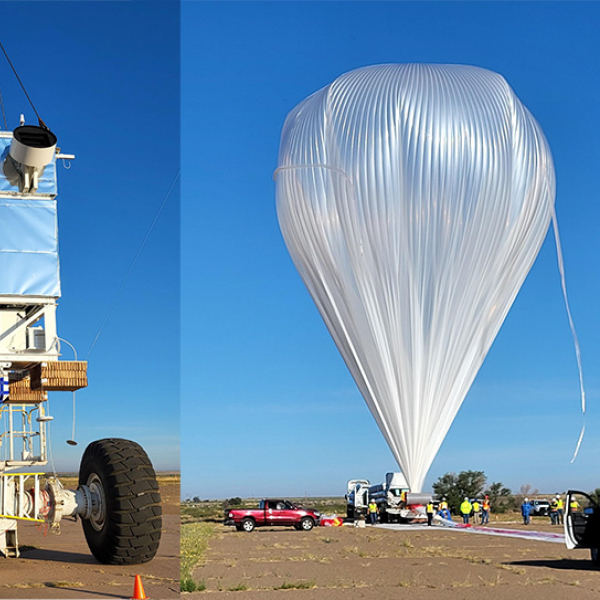
WashU-led team launches space mission with quantum sensor technology
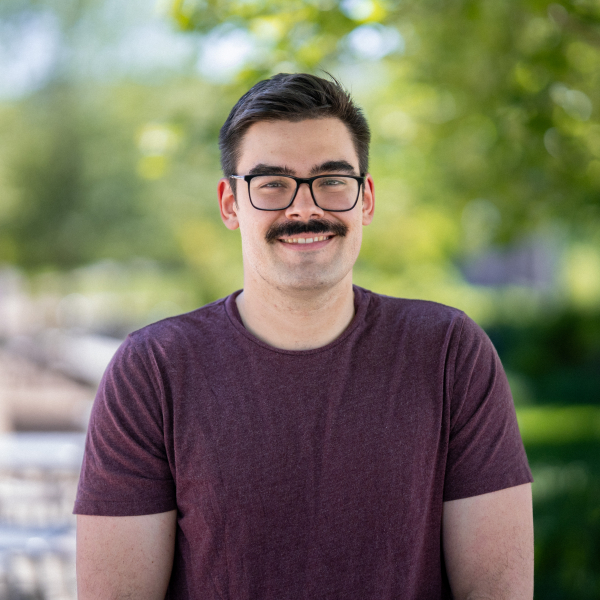
APS Dissertation Award

Franken and Wessel win NIH grant to study how artificial and biological brains process video imagery
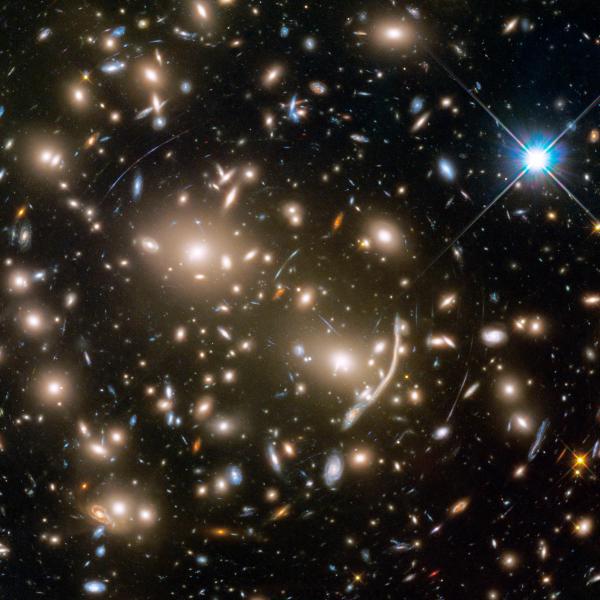
Meet our new Physics faculty

Shooting for the Moon
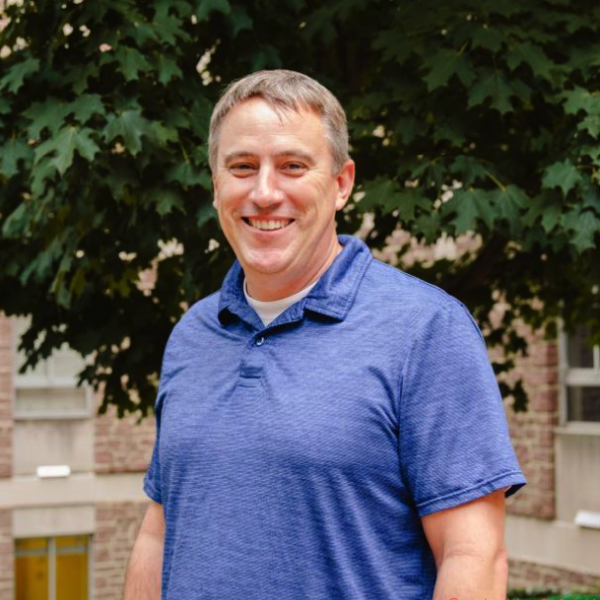
Chang'e 6 brought rocks from the far side of the Moon back to Earth − a planetary scientist explains what this sample could hold
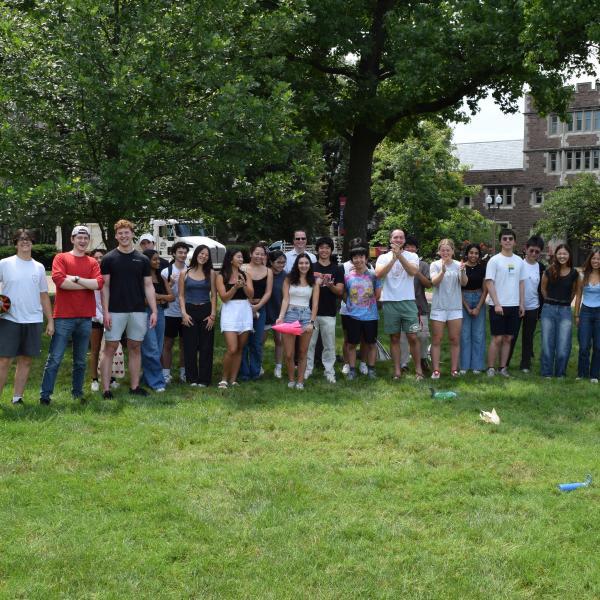
Blasting Off to the Future of Physics Education at WashU
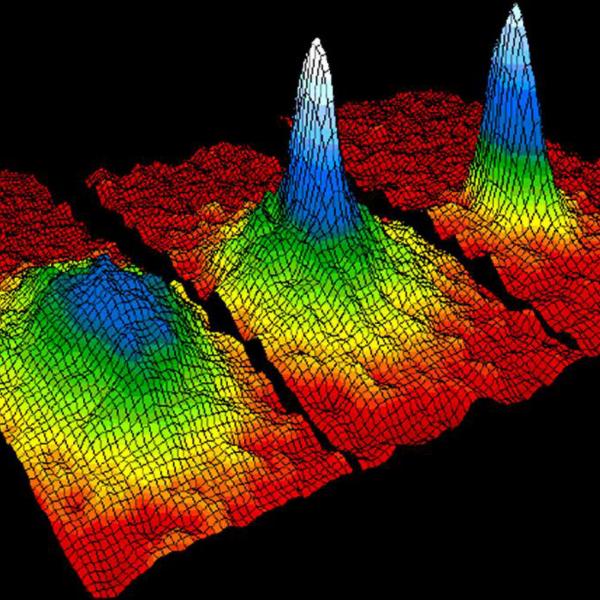
New Routes to Josephson Effects in Bose-Einstein Condensates
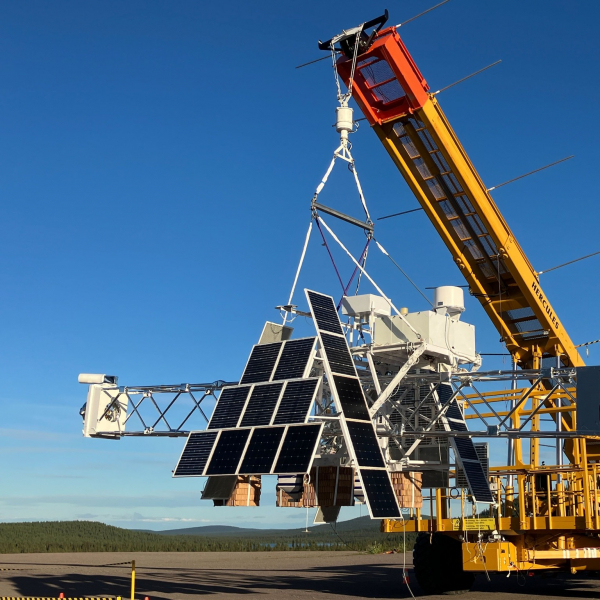
XL-Calibur telescope launched to study black holes

Tikhonov wins NSF CAREER award
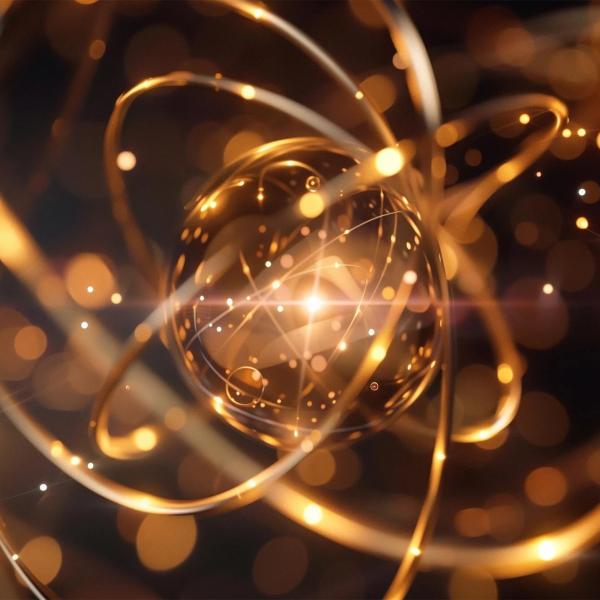
Quantum Advantage: Building 'Time-Traveling' Quantum Sensors
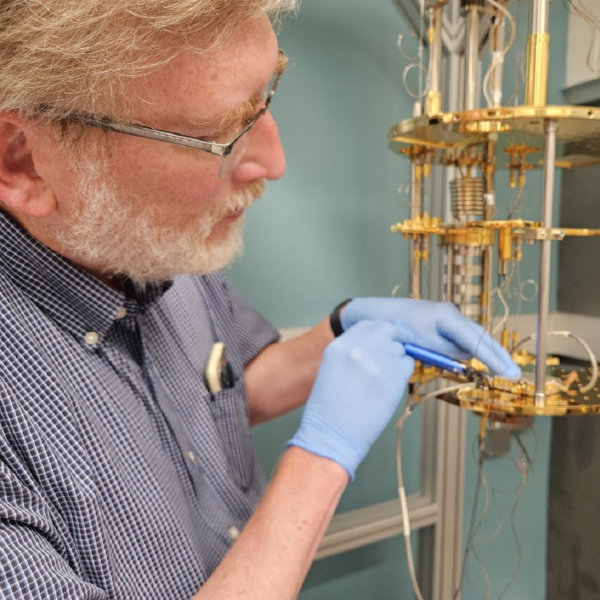
Breaking the cold barrier: searching for the nature of dark matter with new dilution refrigerator
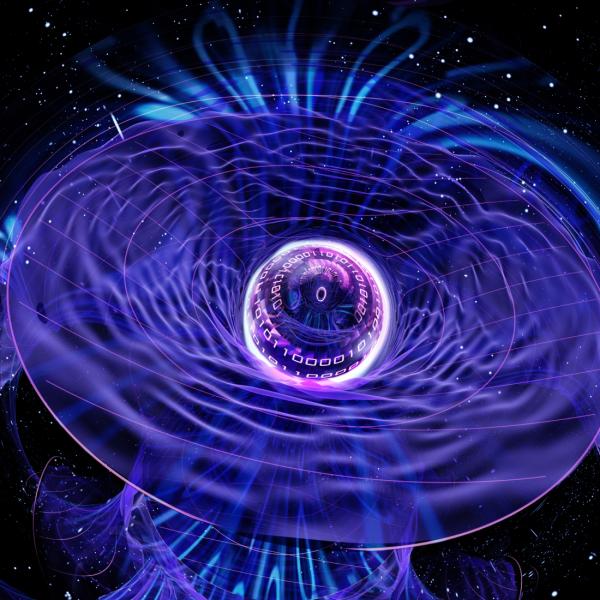
Helping qubits stay in sync
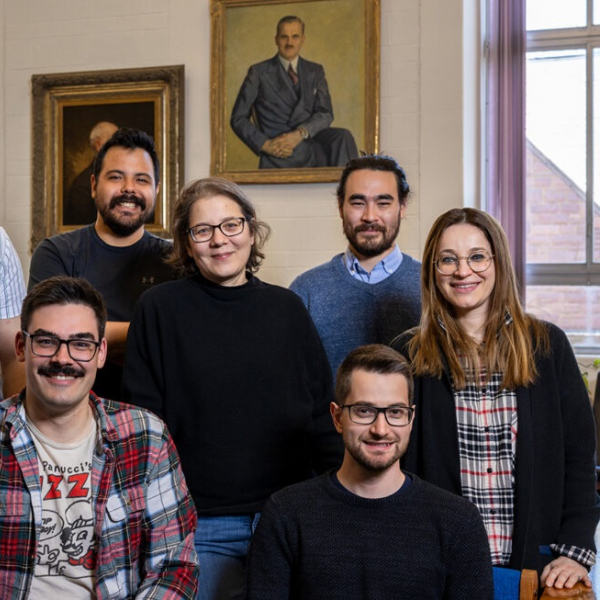
WashU theorists help advance nuclear physics research at DOE facility
XL-Calibur telescope set for balloon flight from Arctic Circle
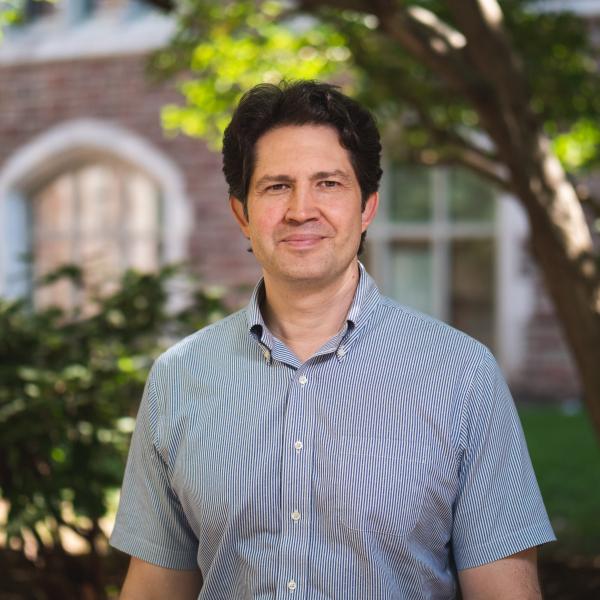
Seidel Recognized as Outstanding WashU Faculty
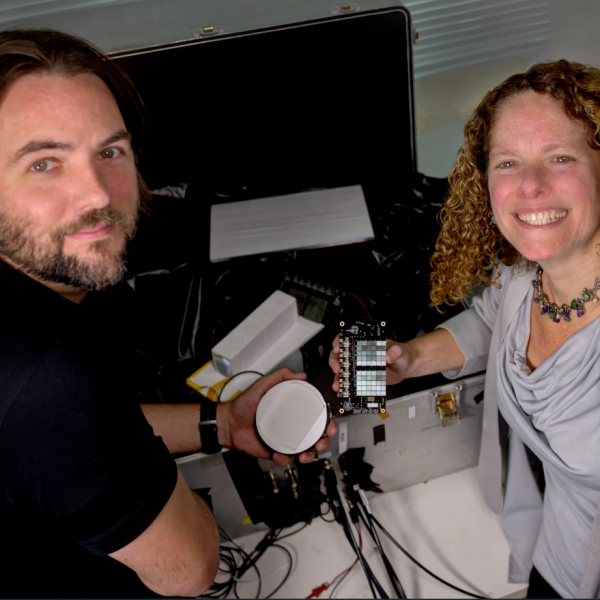
WashU alum leads a recently deployed NASA mission to detect gamma-rays from cosmic explosions

Celebrating faculty retirements
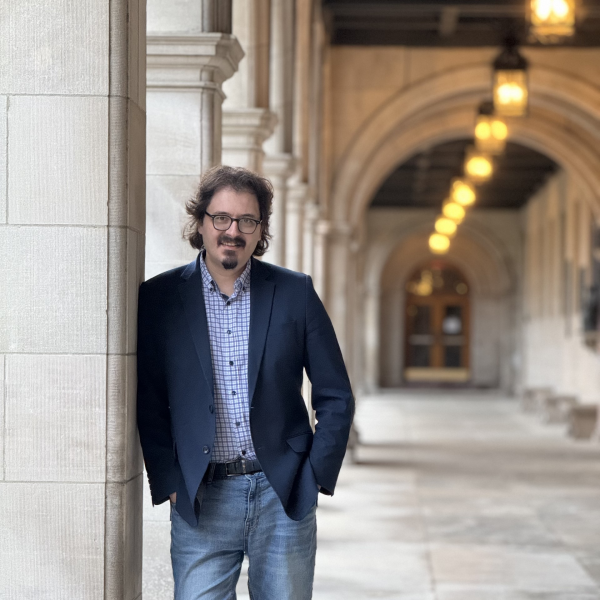
Unlocking the secrets of the Universe

Inside WashU’s Quantum Quest
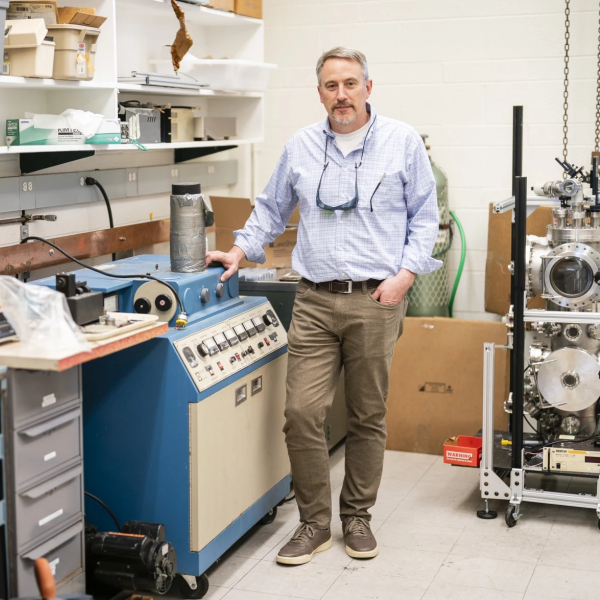
St. Louis scientists nab $3 million to further moon exploration research
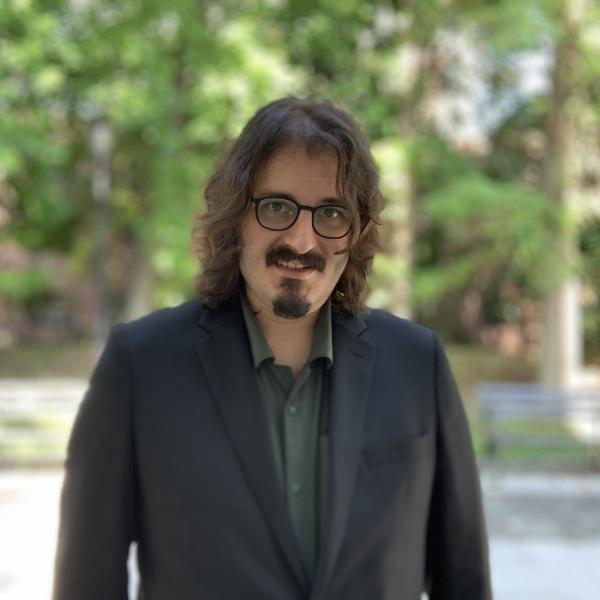
WashU Scientists Plan for Trip South of St. Louis to View the Total Solar Eclipse at Public Event

NASA grant helps WashU scientists develop tech for lunar research
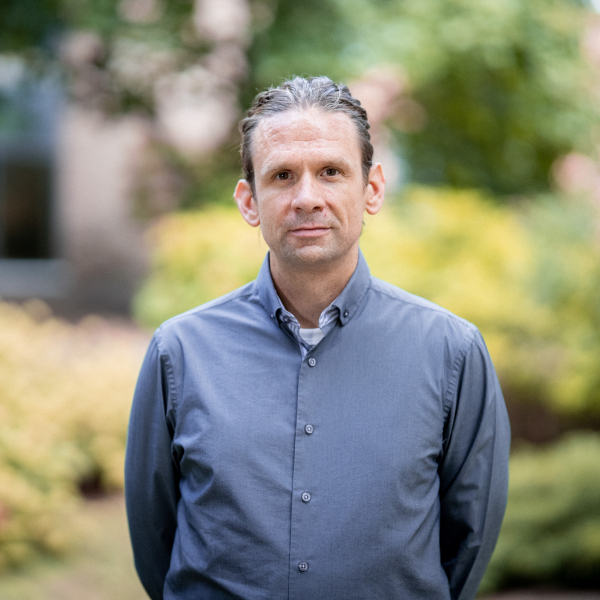
Cosmochemistry: Why study it? What can it teach us about finding life beyond Earth?
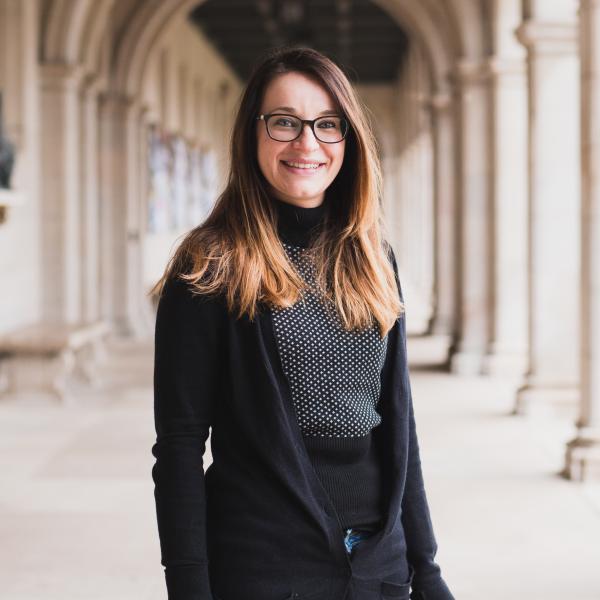
Piarulli promoted with tenure

Dr. Daylan teaches how exoplanets are discovered and characterized
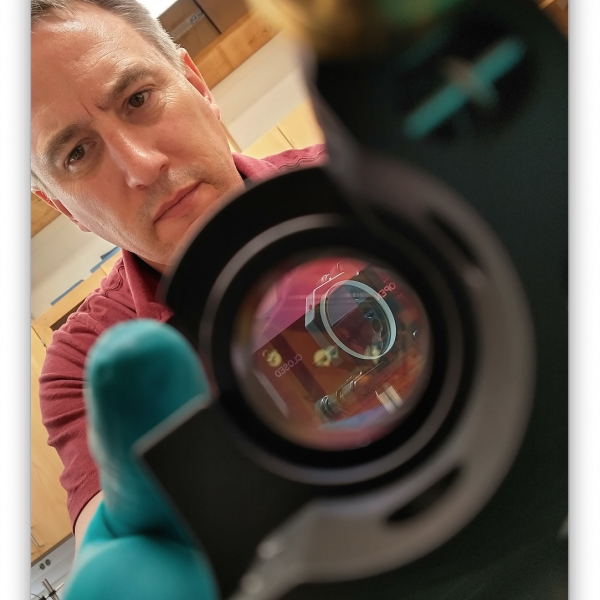
With NASA support, device for future lunar mission being developed at WashU
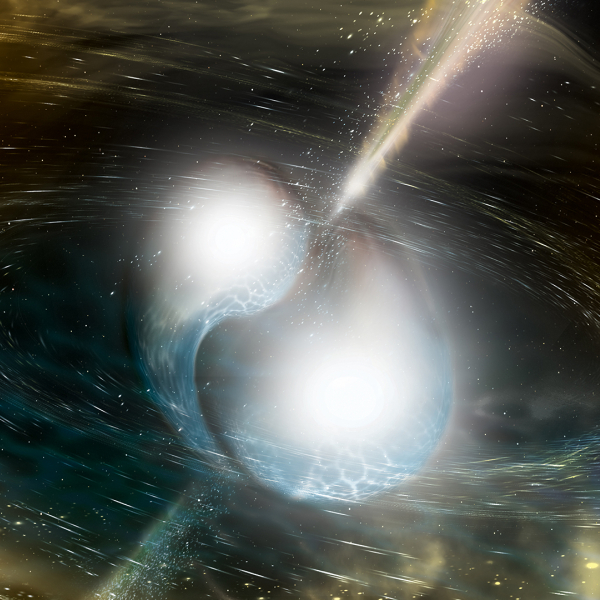
Finding new physics in debris from colliding neutron stars
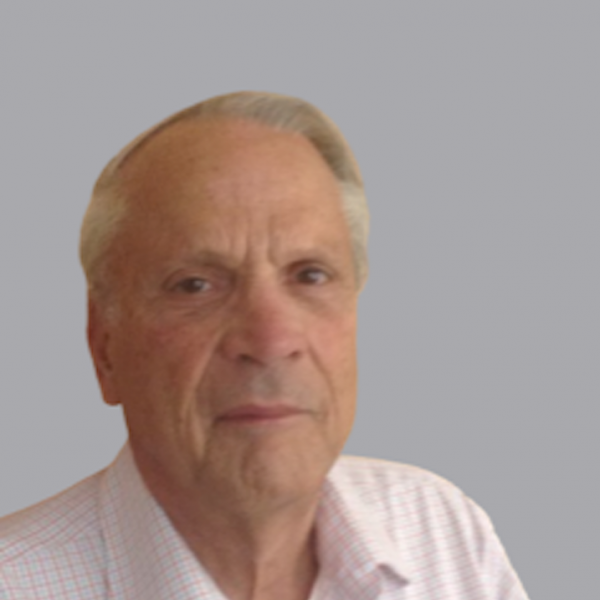
Peter Fedders, 1939-2024
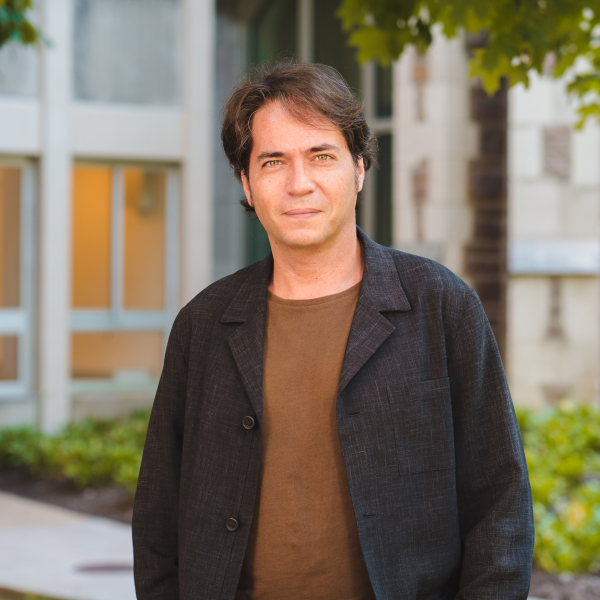
Dr. Ferrer explains the eclipse that made Einstein famous
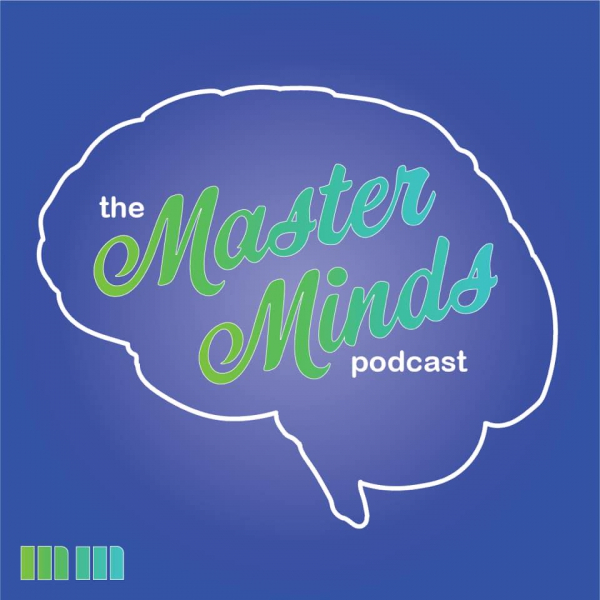
Master Minds Podcast interviews Professor Mark Alford
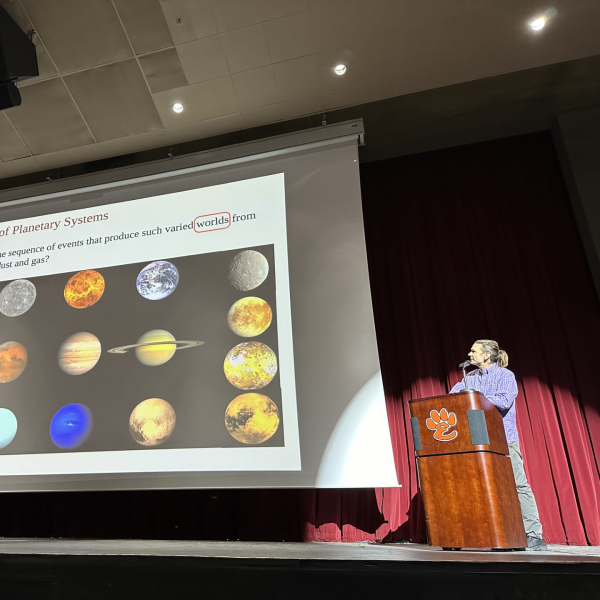
Saturday Scholars
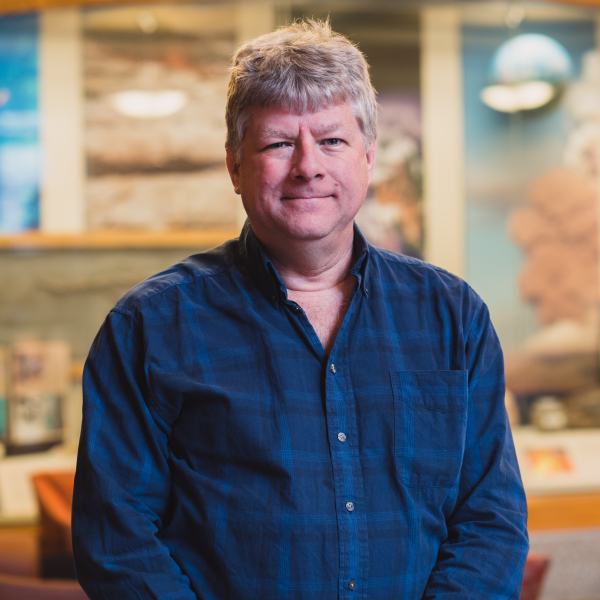
Paper selected for the MAS Macres Award
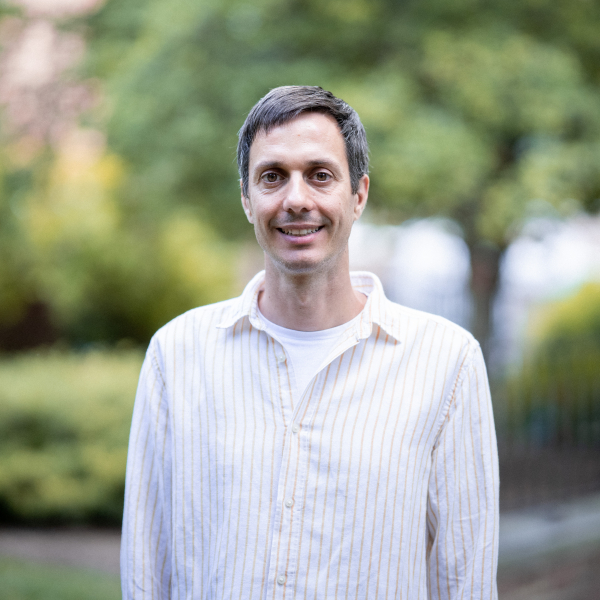
How solar eclipses have shaped civilizations throughout history
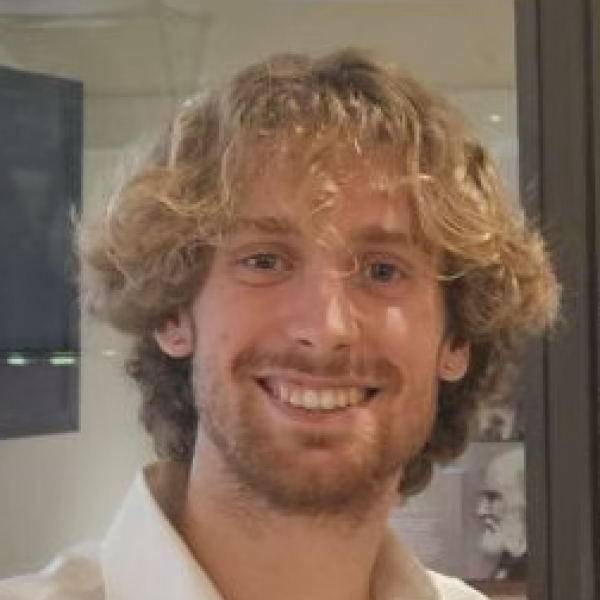
Fallon awarded the Baines Family Planetary Science Scholarship
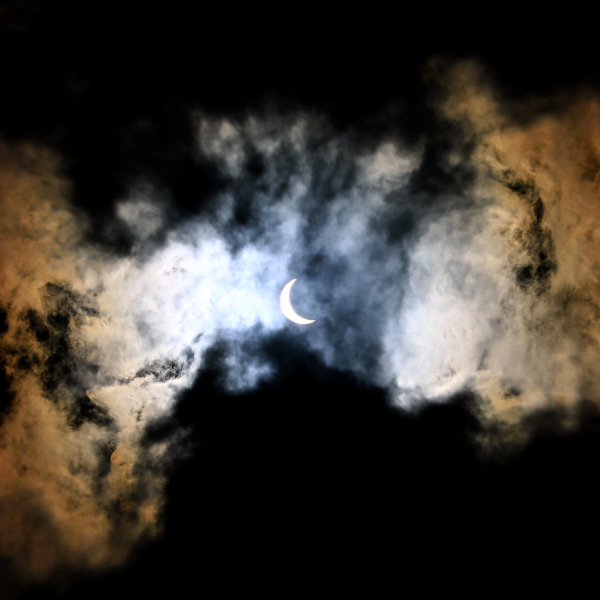
Get your eclipse fix during Saturday Science events
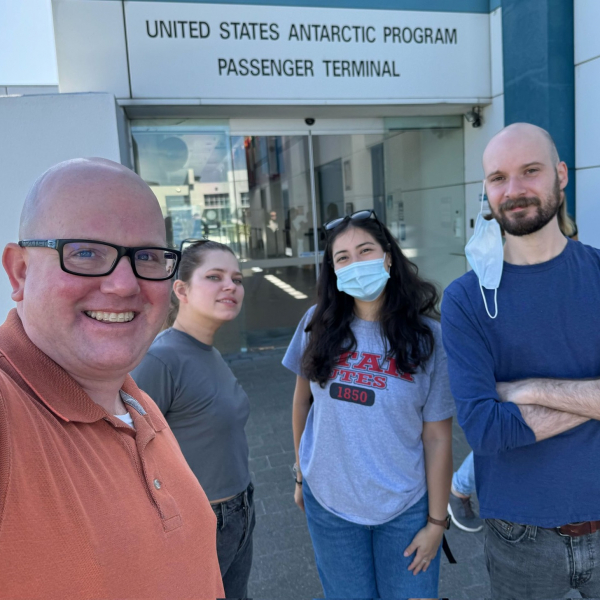
SuperTIGER Rescue Rangers return to the ice

It's been a 'wild' ride for the comet sampled by NASA's Stardust mission

Eighteen Years After Stardust Mission, the Solar System’s wild past becomes clearer
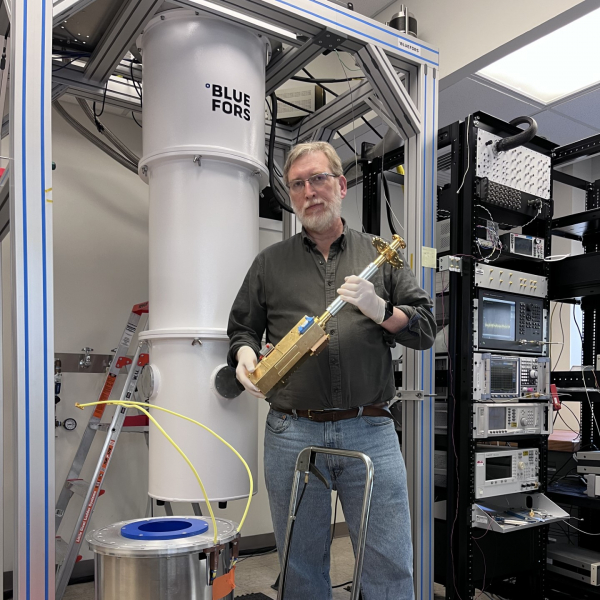
Searching for dark matter
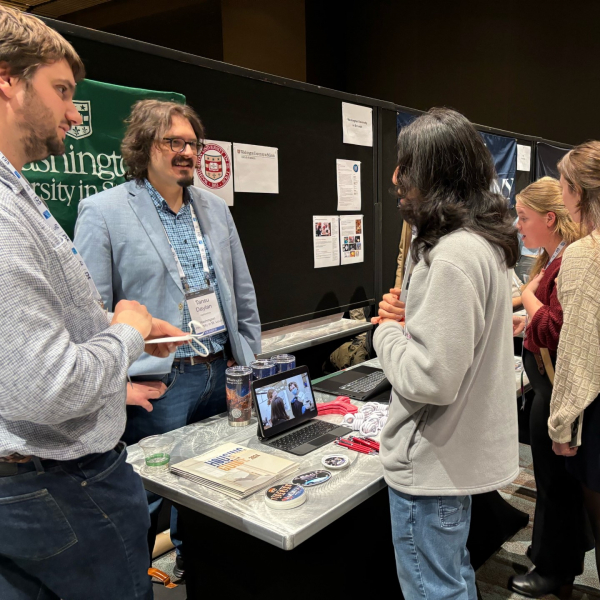
Good turnout at the Graduate School and REU Fair
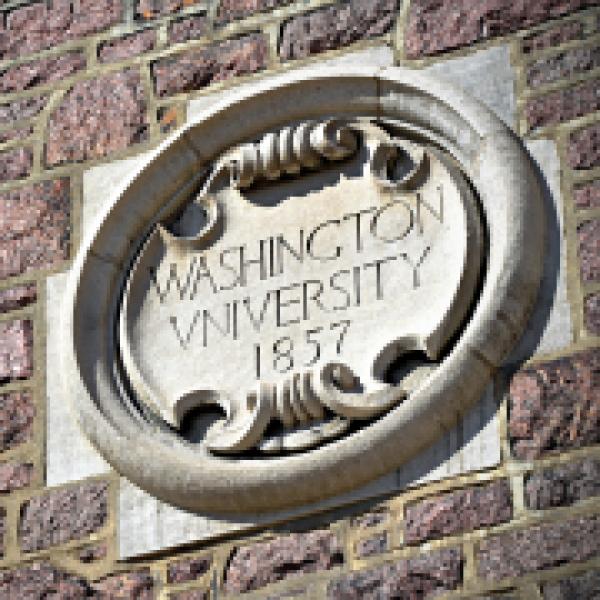
Board grants faculty promotions, tenure

Samples from a Wild comet reveal a surprising past

Why do we sleep? Researchers propose an answer to this age-old question
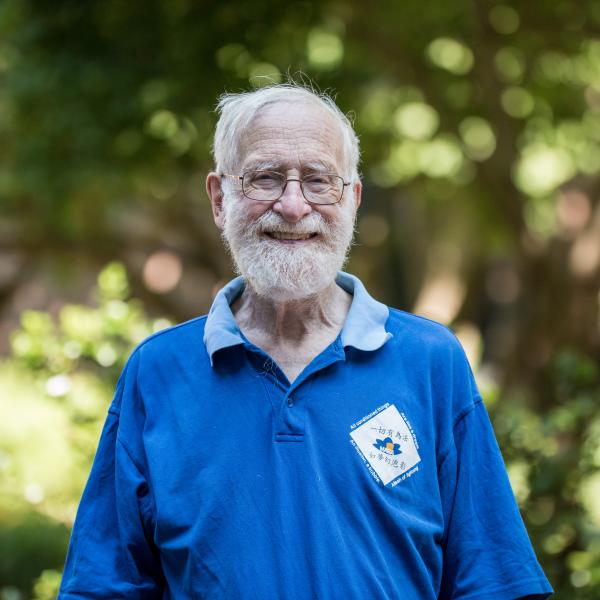
Dr. Peter Phillips, 1931-2023

ExoCup@WashU
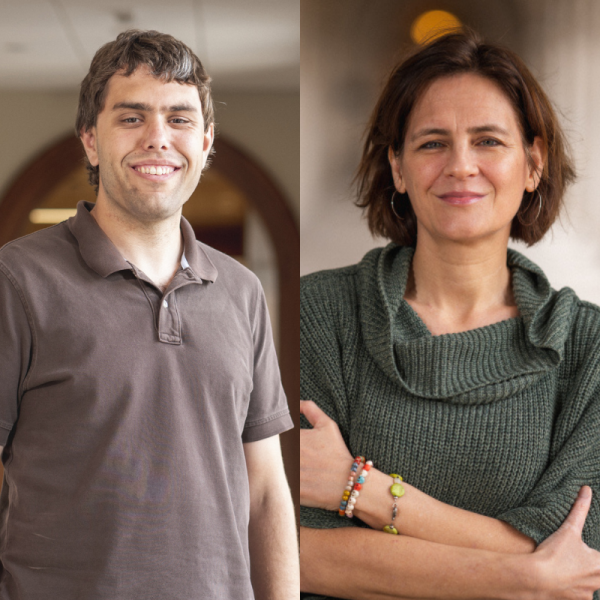
Arts & Sciences faculty integrate Literacies for Life and Career into their classrooms

Preparing for a Leap

Teraelectronvolt Astrophysics of Relativistic Jets
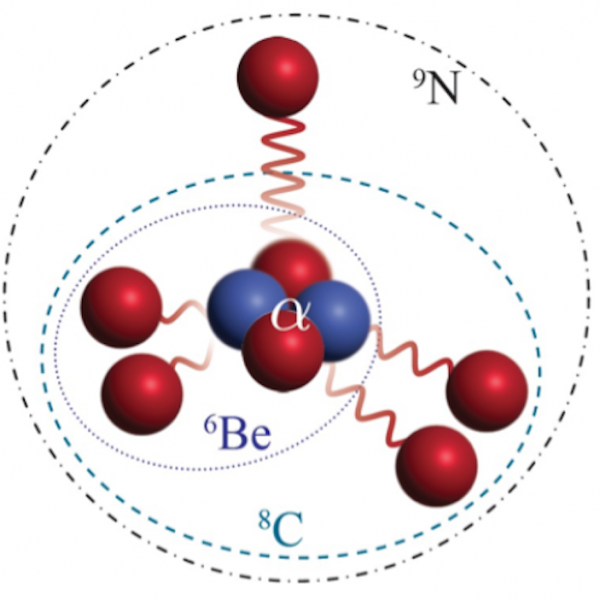
Strong evidence found for new light isotope of nitrogen
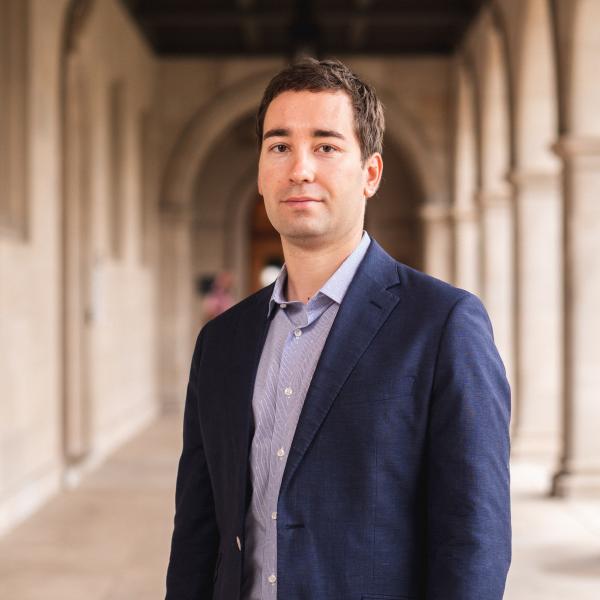
When predicting the function of microbial communities, simpler may be better
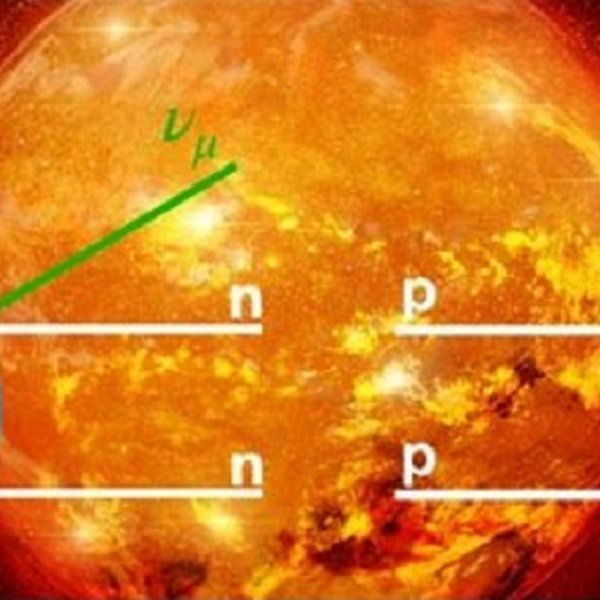
Exploring stellar hydrogen burning via muons and nuclei
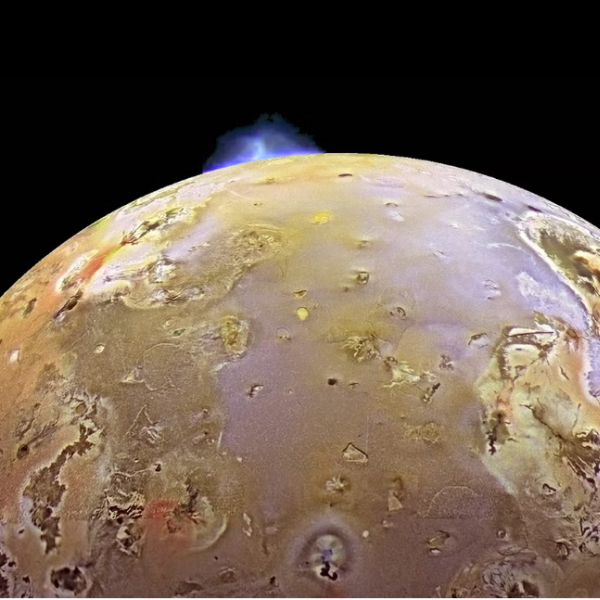
Io is a Volcanic hellscape of fire and ice: Let's go explore it

Entanglement research by WashU scientists makes cover of top physics journal

Tyson observatory is WashU’s dark sky site

Flawed diamonds: Physicists gain quantum insights from imperfect crystals

From Missouri to Mars: WashU alum engineers career in space research
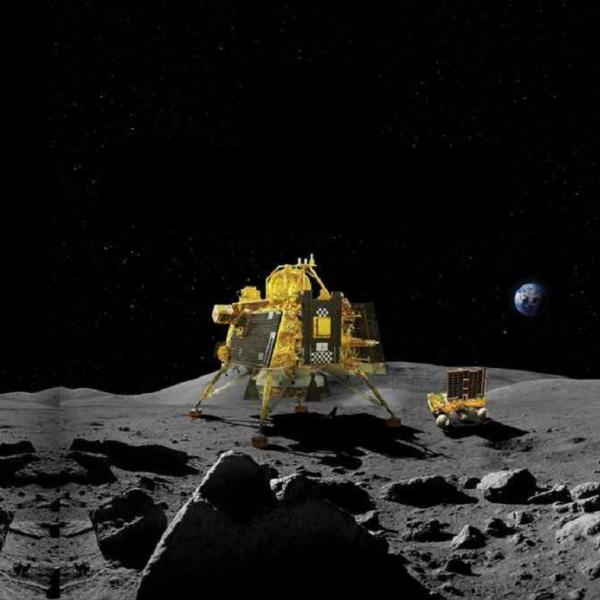
Chandrayaan-3’s measurements of sulfur open the doors for lunar science and exploration

Chen and Yuan win NSF grant to simulate pulsars at WashU

Physicist Yuan joins Simons collaboration on extreme electrodynamics
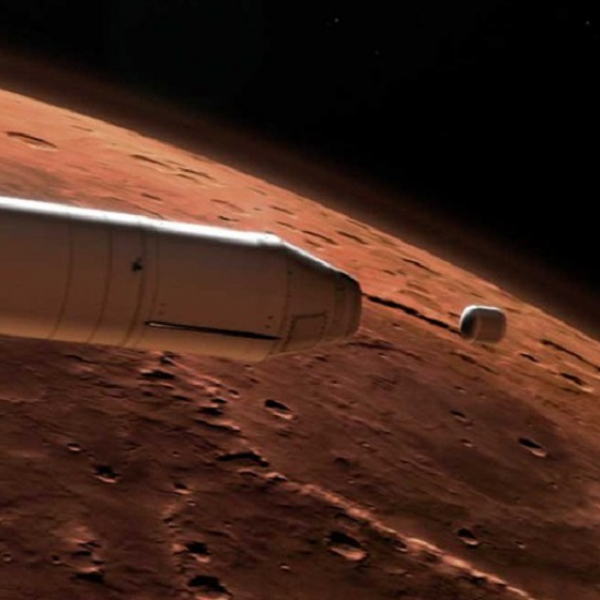
Ogliore and Wang selected as members of the Mars Sample Return Measurement Definition Team

Physicist Henriksen to build quantum-scale sensors

NASA partnership is 'a jewel in WashU's crown'

Meet our new faculty: Natural sciences and mathematics

AI + Design
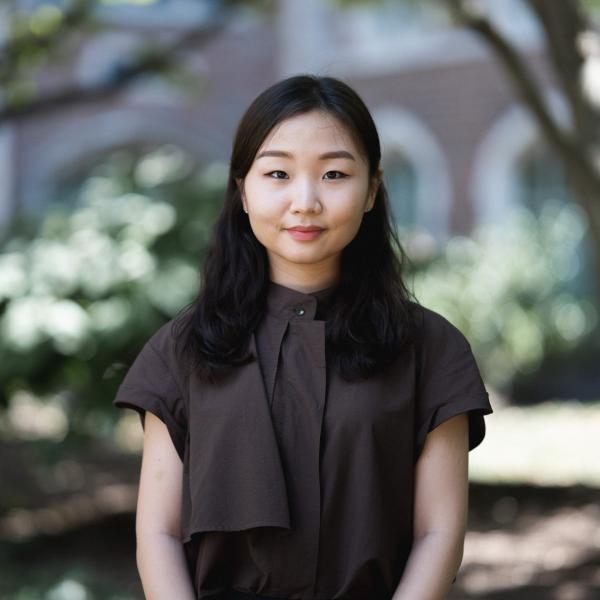
Sohee Chun wins NASA FINESST grant
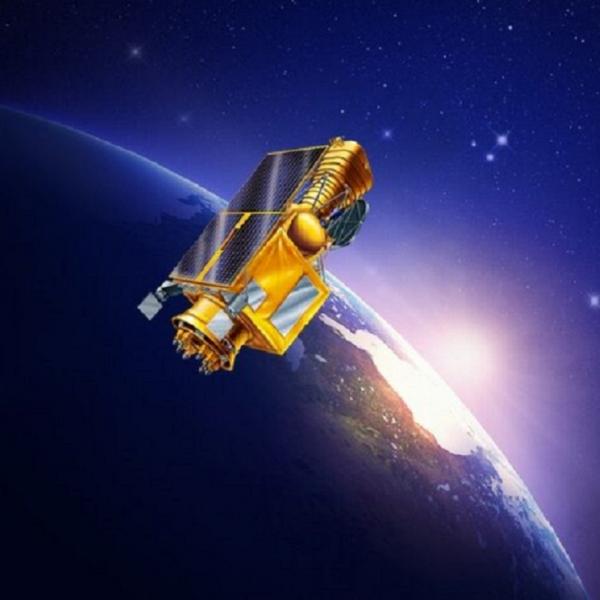
Ultraviolet Transient Astronomy Satellite (ULTRASAT) science team
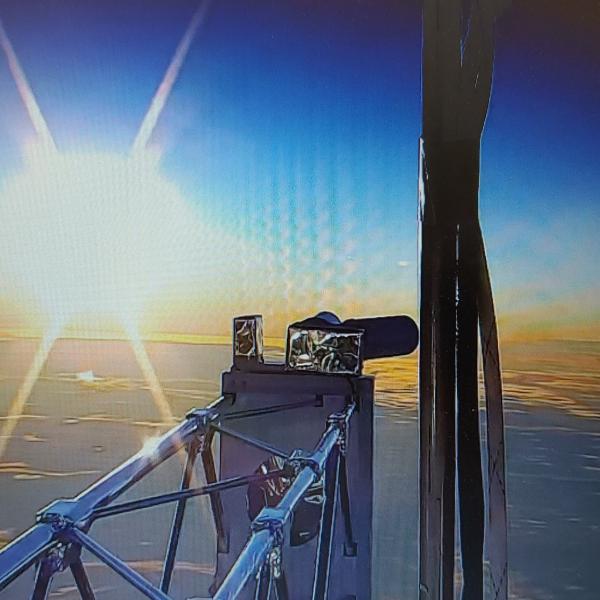
XL-Calibur telescope to fly again in 2024
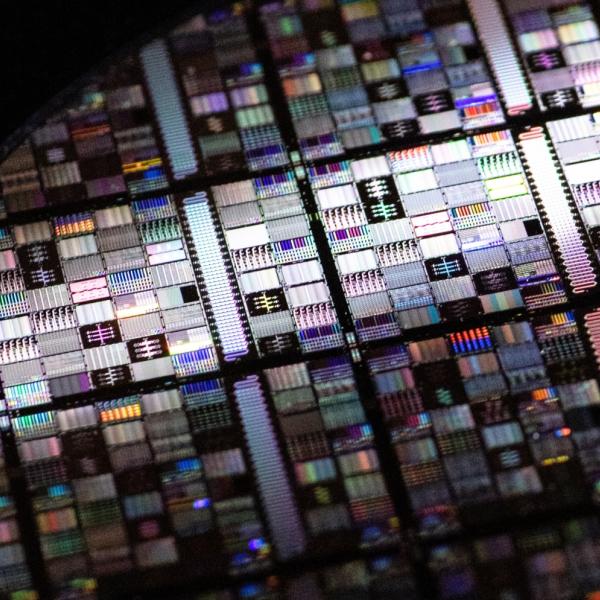
Superconducting qubit foundry accelerates progress in quantum research
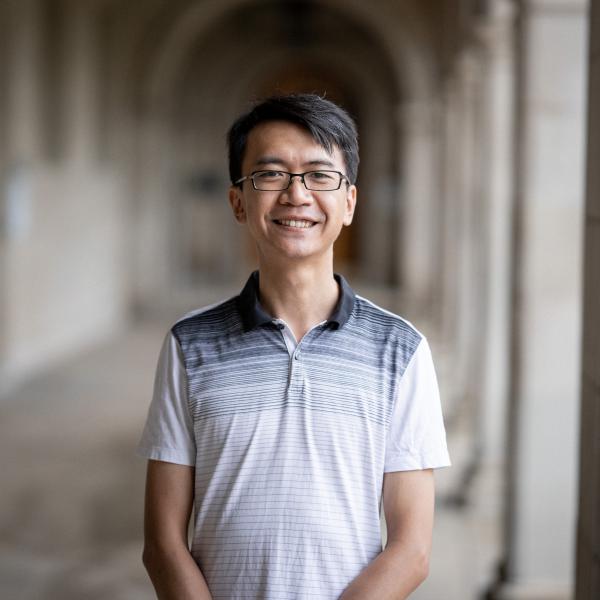
Chen has joined the tenure track
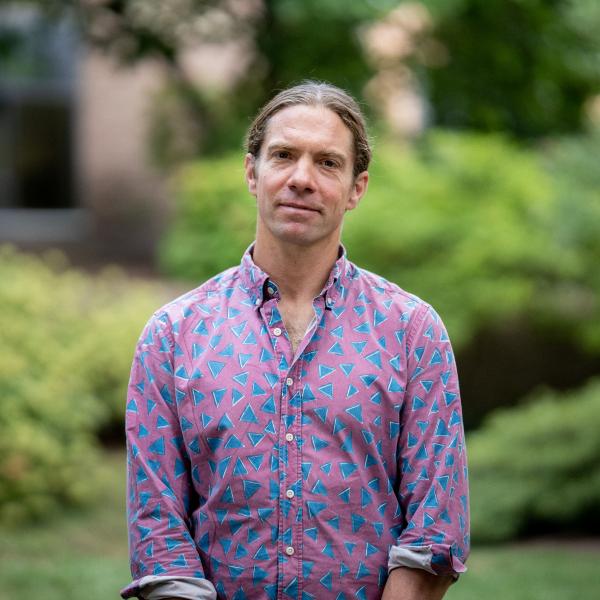
Kater Murch named the Charles M. Hohenberg professor of physics

Li Yang named the Albert Gordon Hill professor of physics

Glitches in the matrix

Ogliore promoted with tenure

Masters of perception

Ran wins NSF CAREER award
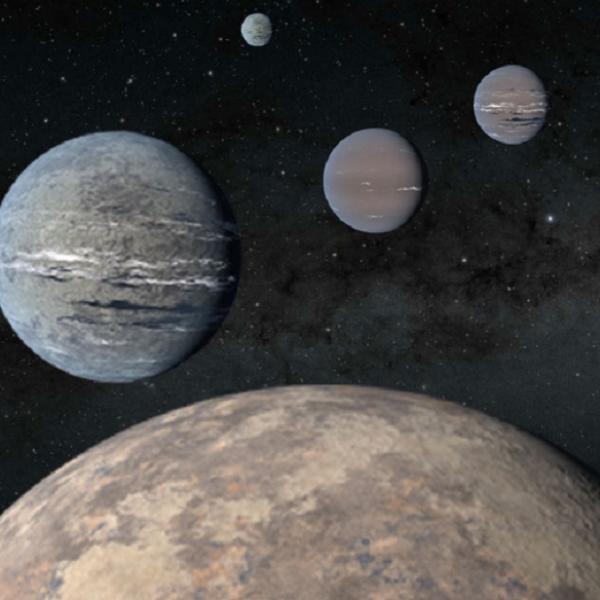
Physicist Daylan selected for NASA open-science effort
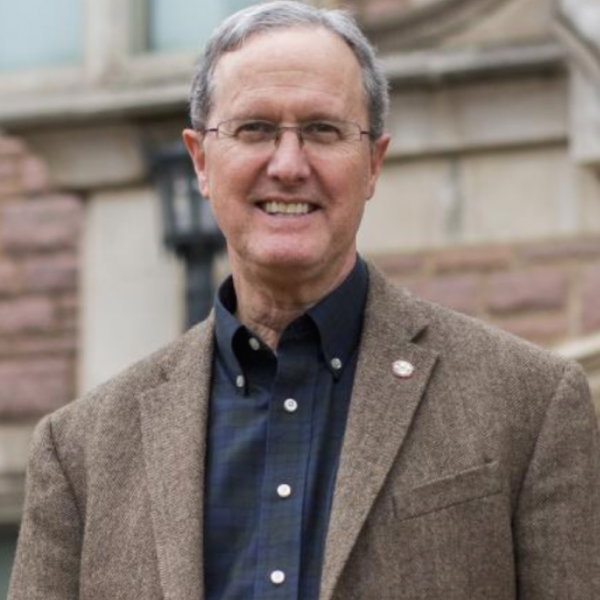
Jolliff shares next steps in returning people to the Moon

NASA Boosts Open Science through Innovative Training
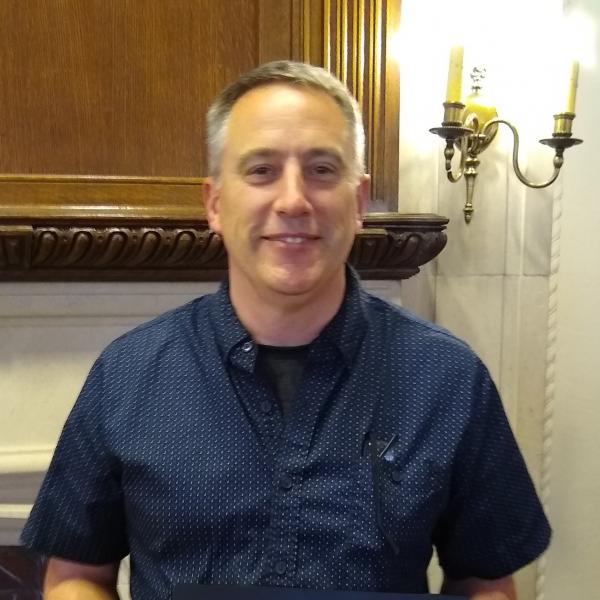
Outstanding Faculty Award presented to Jeff Gillis-Davis

Celebrate World Quantum Day!
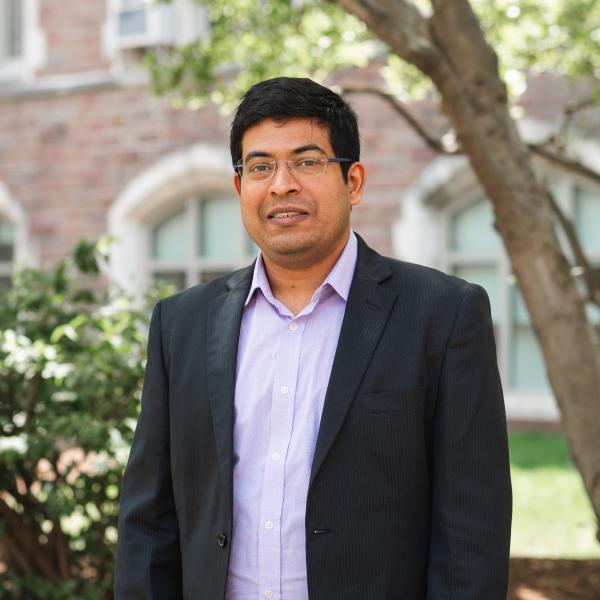
Dev promoted with tenure

Krawczynski wins NASA grant to study gamma rays at the center of the galaxy

Doing the math on a solar-powered future
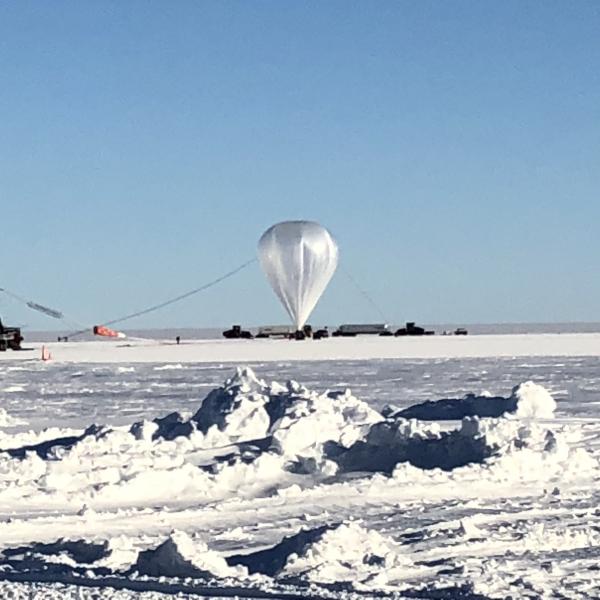
Everything you want to know about spy balloons, or any balloon, in the sky

A deep look inside spin glass
Celebrating 170 years: an Apollo 17 connection
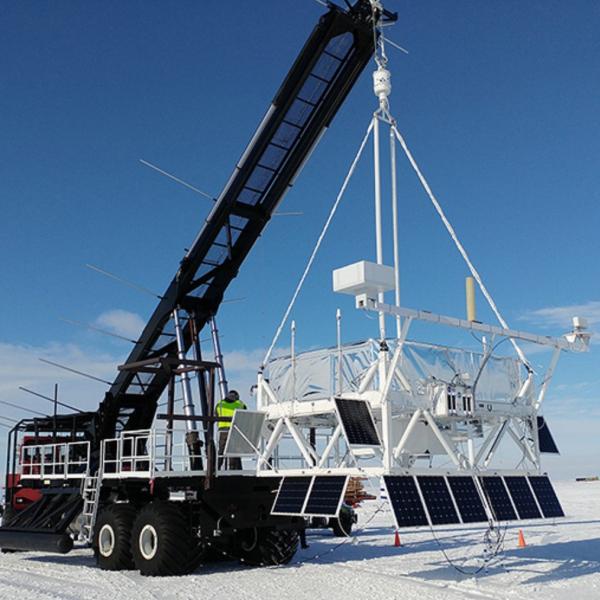
Washington University scientists to probe space for origins of matter
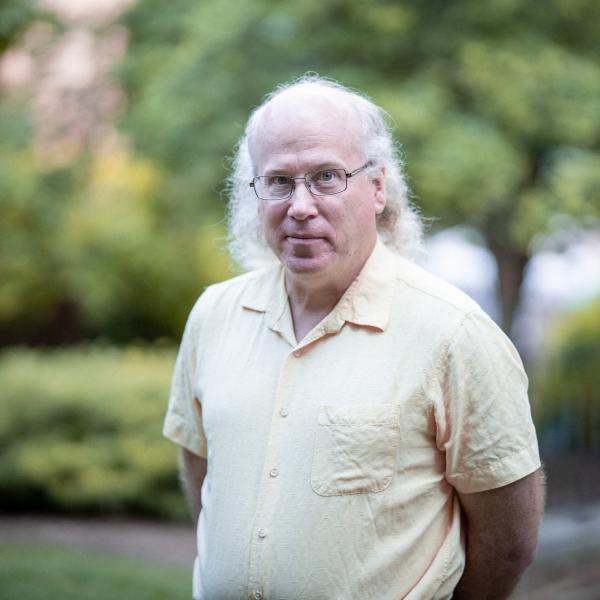
2023 predictions from Mike Nowak
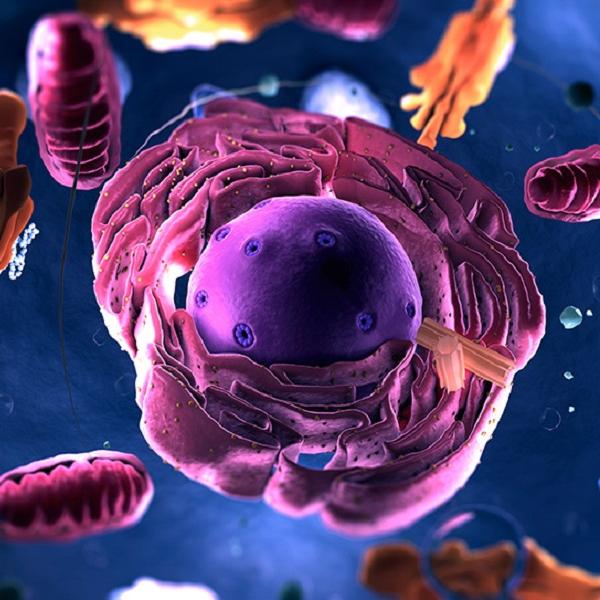
Organelles grow in random bursts
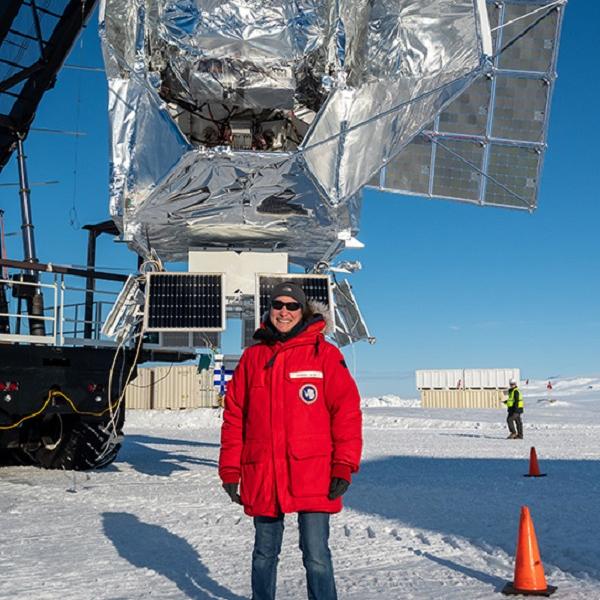
SPIDER launches from Antarctica

Ogliore won NASA grant

Yang awarded grant from NSF

Yuan received a research award from NSF
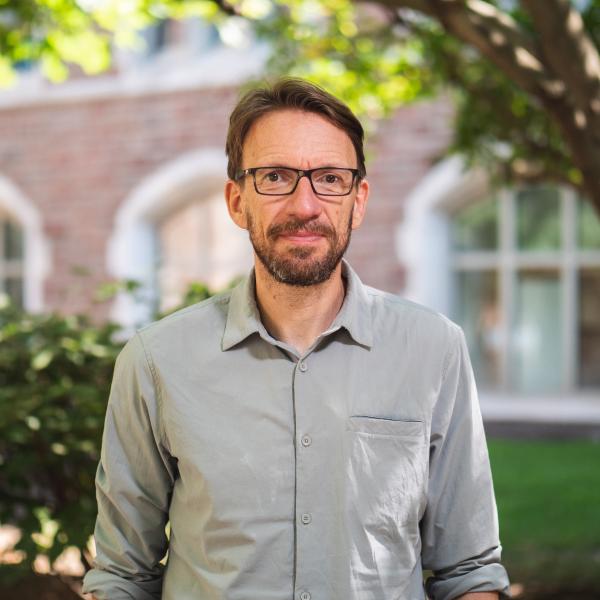
Krawczynski awarded a NASA grant
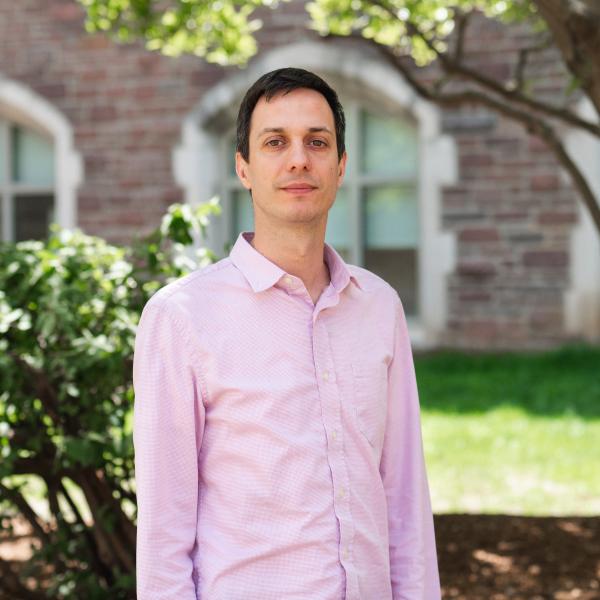
Errando won a NASA grant

Science research roundup: November and December 2022
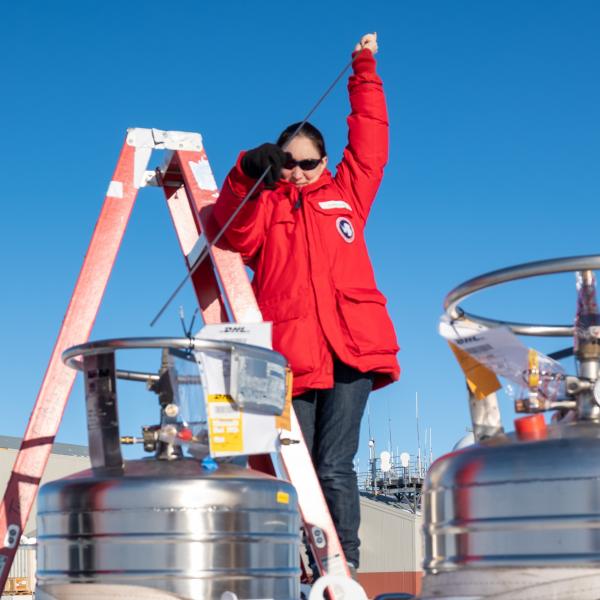
Back to Antarctica with SPIDER
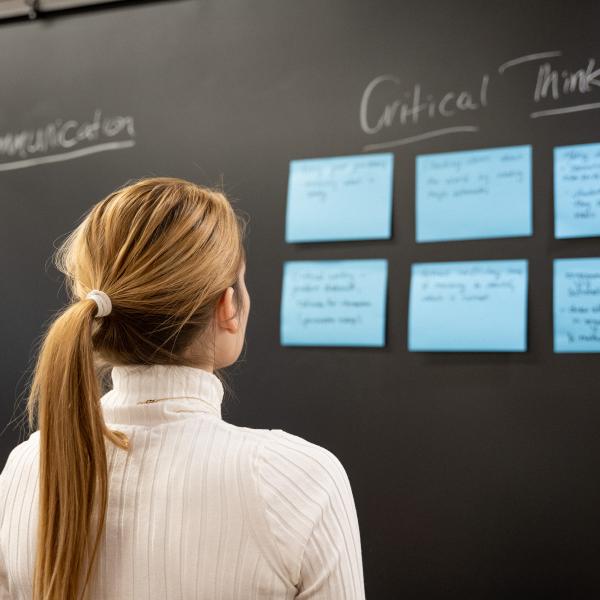
Defining literacies for life and career
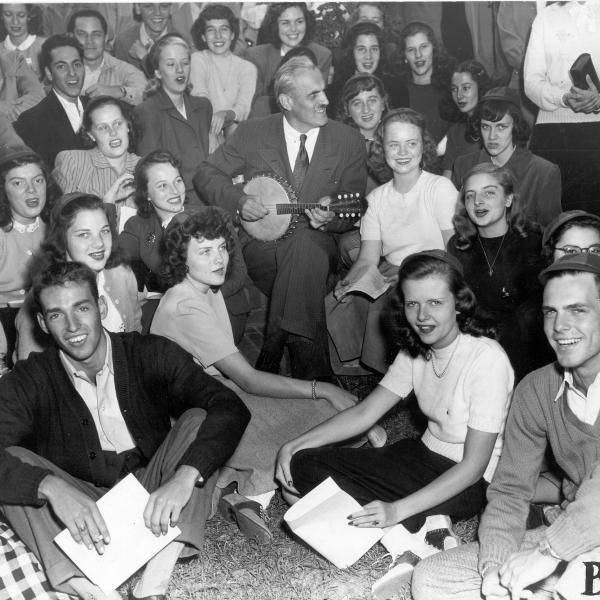
Compton effect
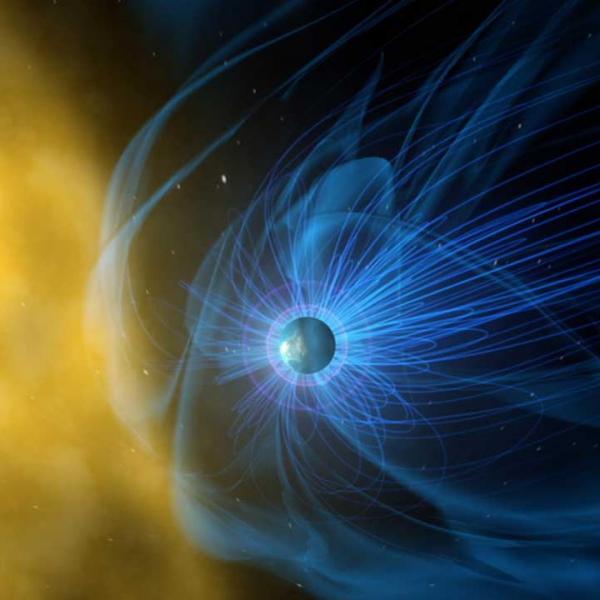
Physicists awarded DOE supercomputing time for ‘high-impact’ projects
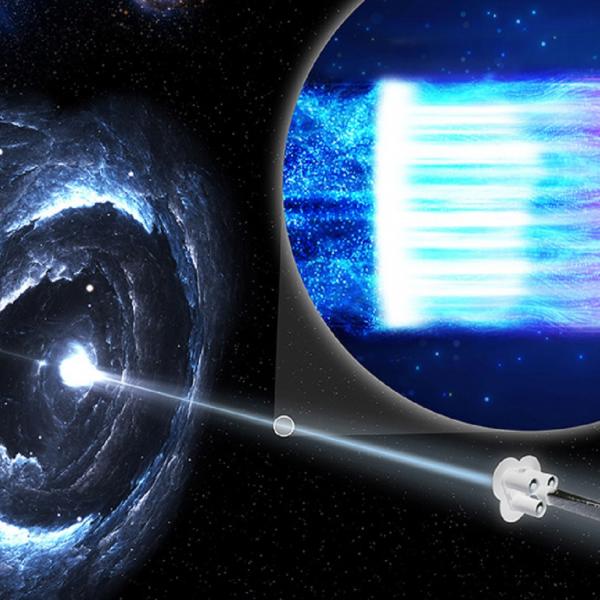
Physicist Errando helps NASA solve black hole jet mystery

Artemis launch returns U.S. to the moon - Jolliff interview on PRI/The World
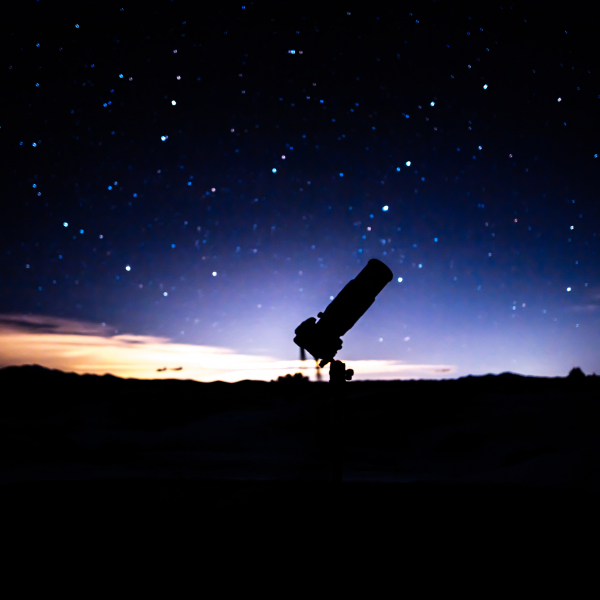
McDonnell Center for the Space Sciences - Yesterday, Today, and Tomorrow

Incubator for Transdisciplinary Futures announces first round of funded projects
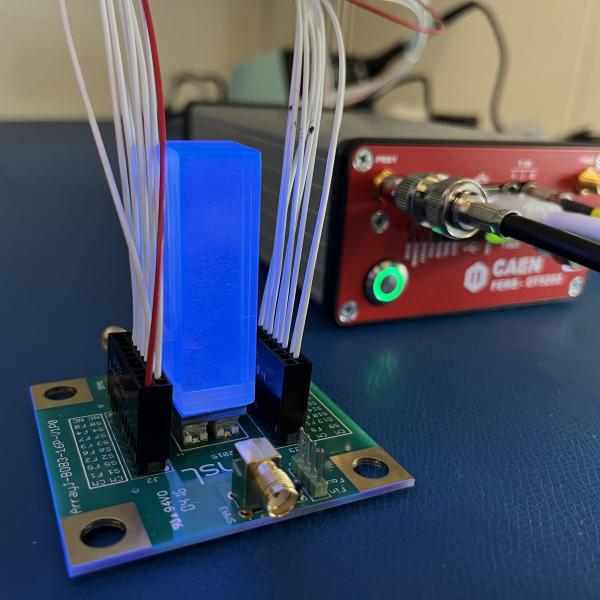
Next frontiers in radio chemistry: personalized medicine for infectious disease
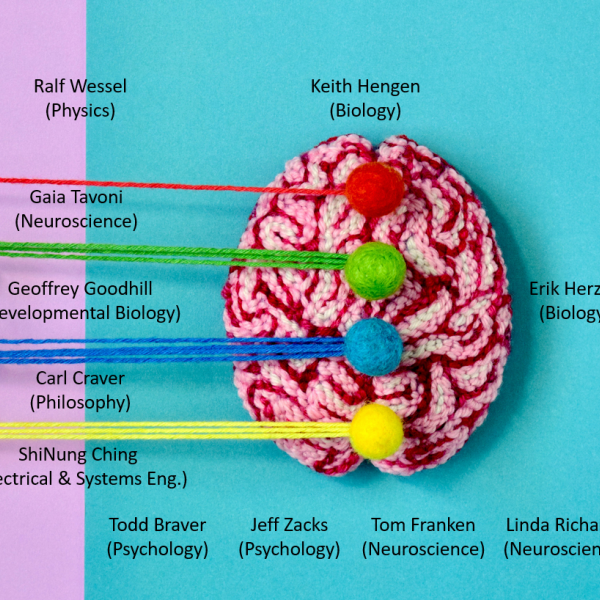
Toward a synergy between artificial intelligence and neuroscience
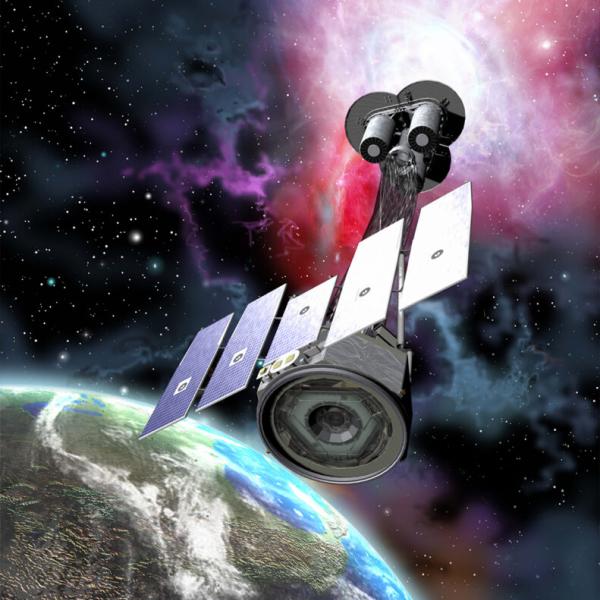
Polarized X-rays reveal shape, orientation of extremely hot matter around black hole

Science research roundup: October 2022

A transformative agreement with IOP Publishing
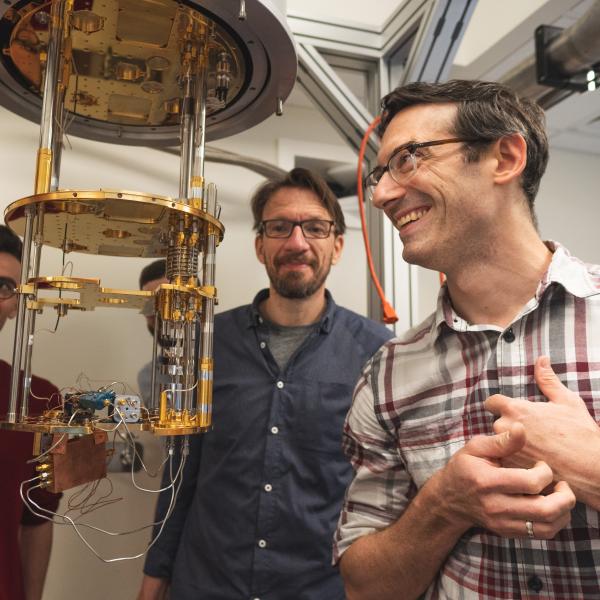
Henriksen, Murch selected as 2022 Moore Experimental Physics Investigators
Scientific ballooning is not for the faint of heart

Science research roundup: September 2022

A first look at signature initiatives

University Announces Cluster Hire in the Quantum Sciences
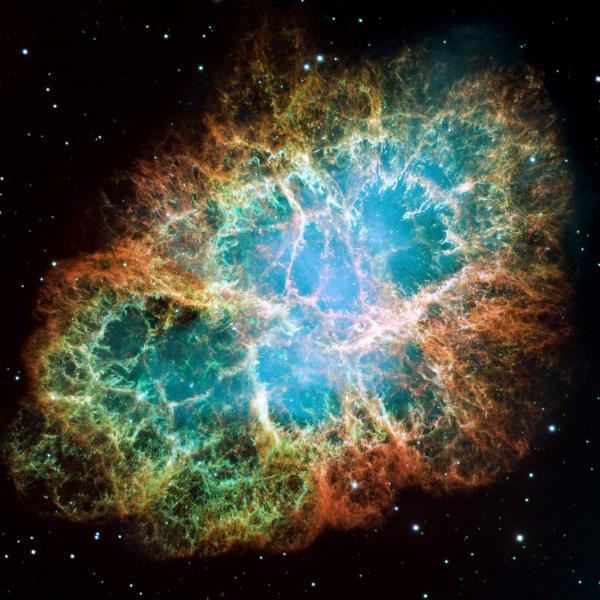
Space Station Experiment To Probe Origins of Elements

TIGERISS roars toward space station spot

Nowak awarded NASA grant
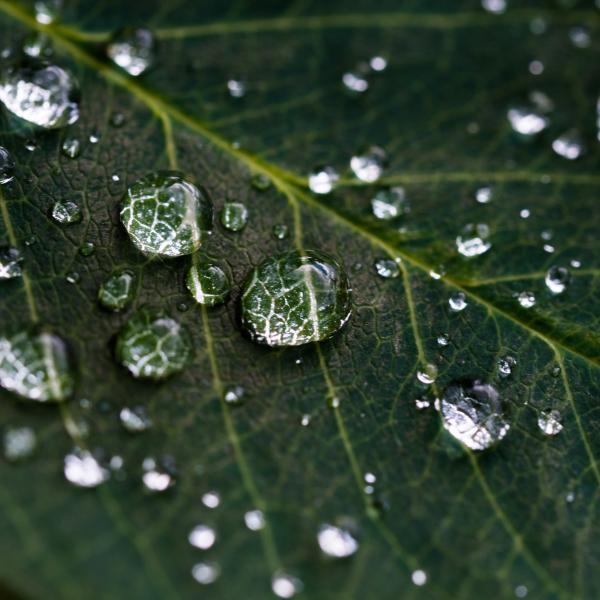
Science research roundup: July and August 2022
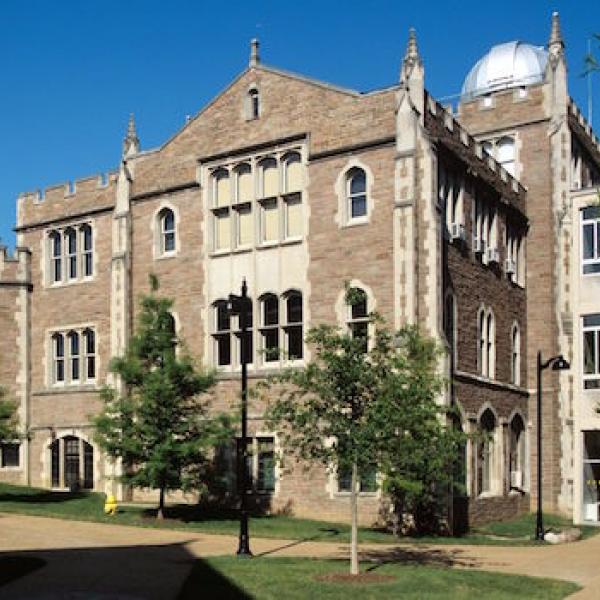
New Faculty hired as part of the Digital Initiative
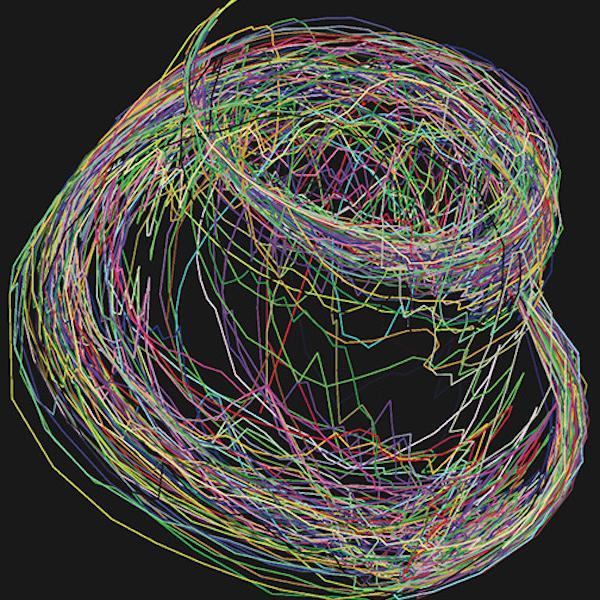
NSF grant to Murch and Henriksen

Henriksen wins Office of Naval Research grant

Dickhoff awarded NSF grant
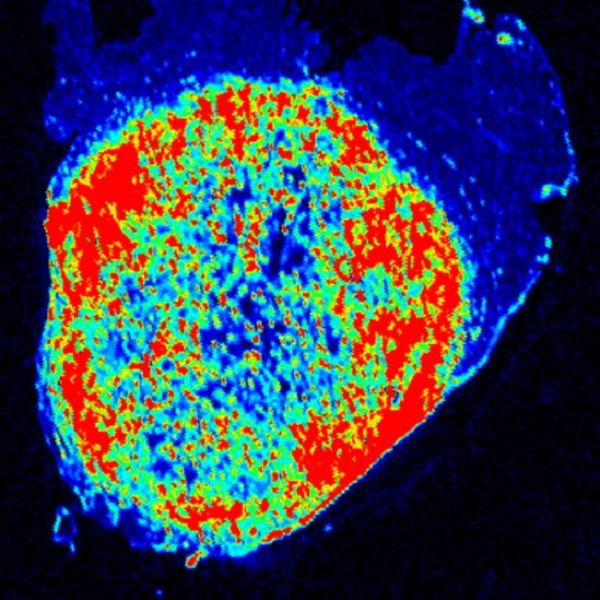
Seidel and Nussinov to work on imaging goggles

Science research roundup: June 2022

Collaboration Initiation Grants
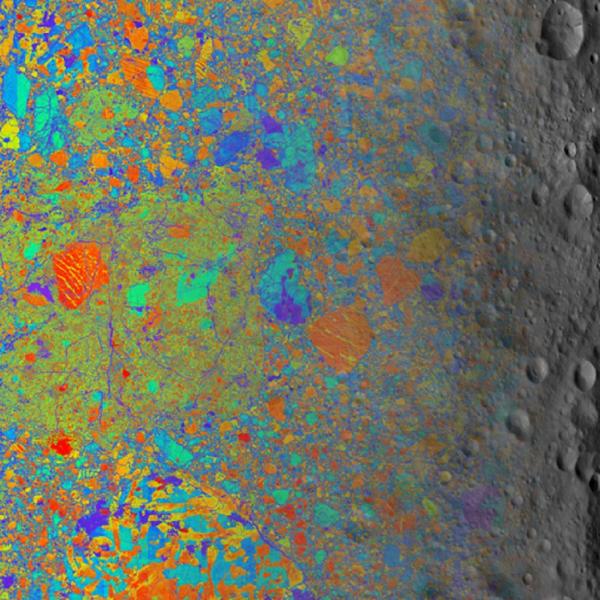
Ancient micrometeoroids carried specks of stardust, water to asteroid 4 Vesta
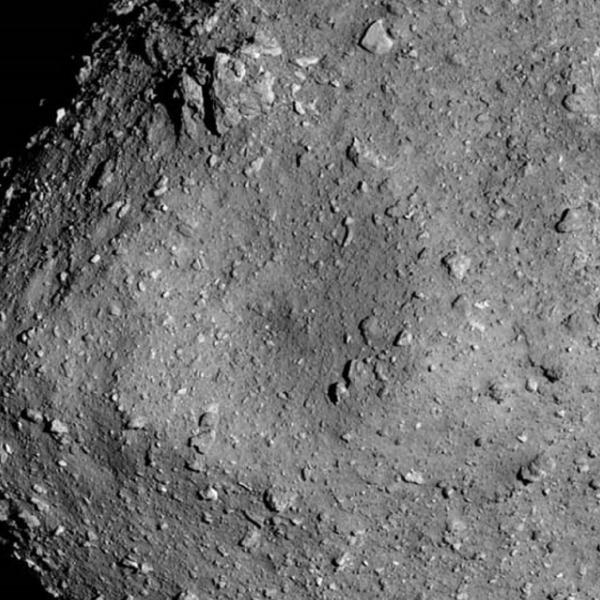
Asteroid samples offer chance to study chemically pristine solar system materials
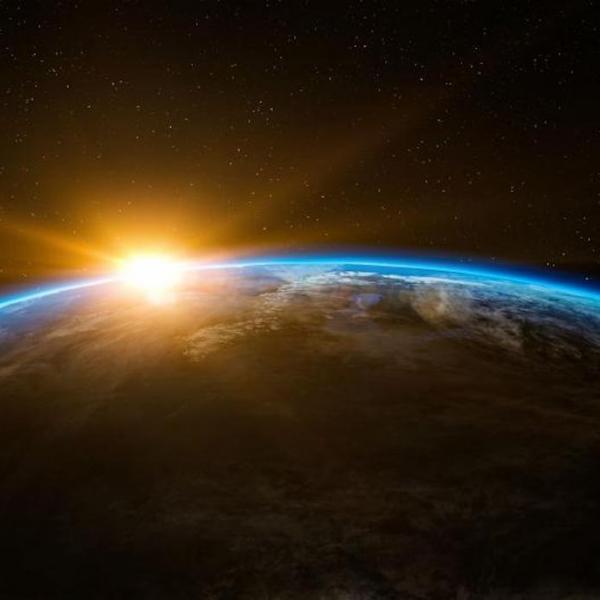
Taste of Science returns to in-person outreach

Science research roundup: May 2022
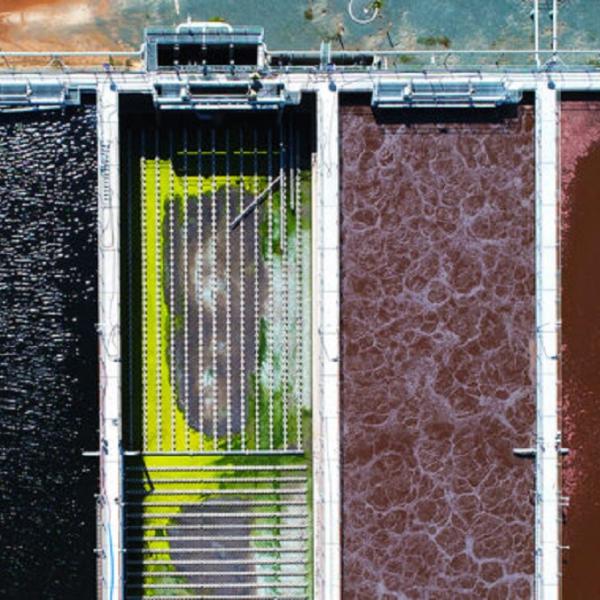
When more complex is simpler
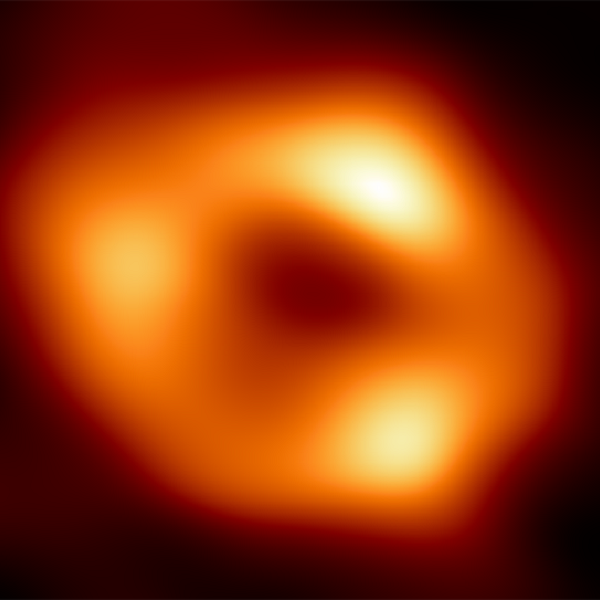
Astronomers unveil first image of Milky Way’s black hole

Asteroid samples offer insights into solar system evolution
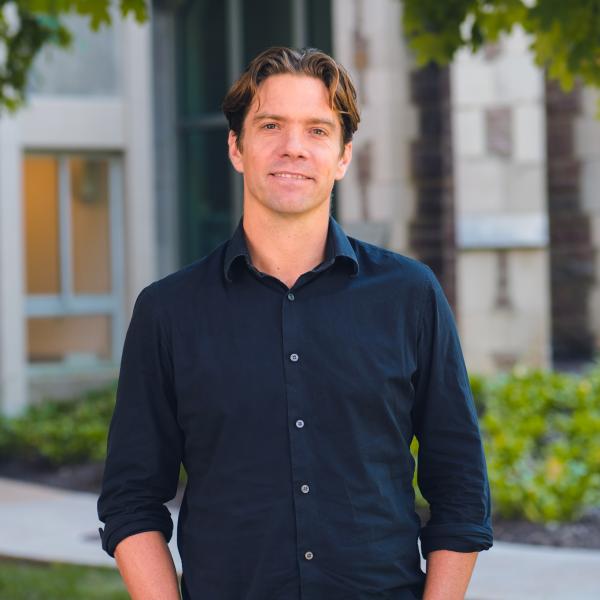
Neon ice shows promise as new qubit platform

Promotions
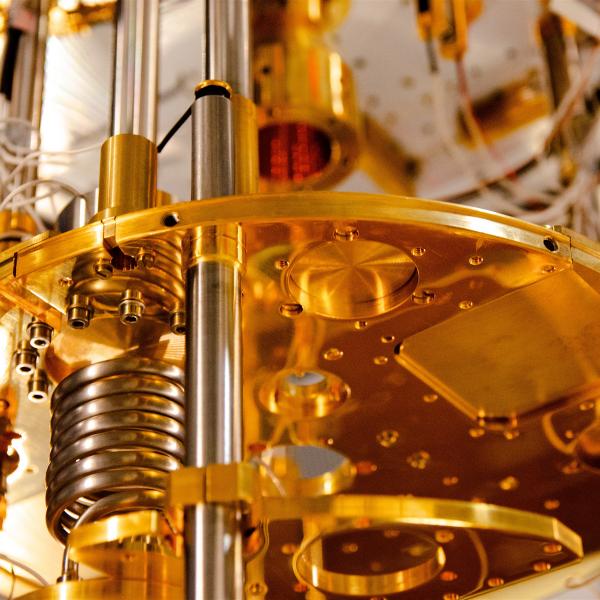
First steps toward building a topological quantum computer
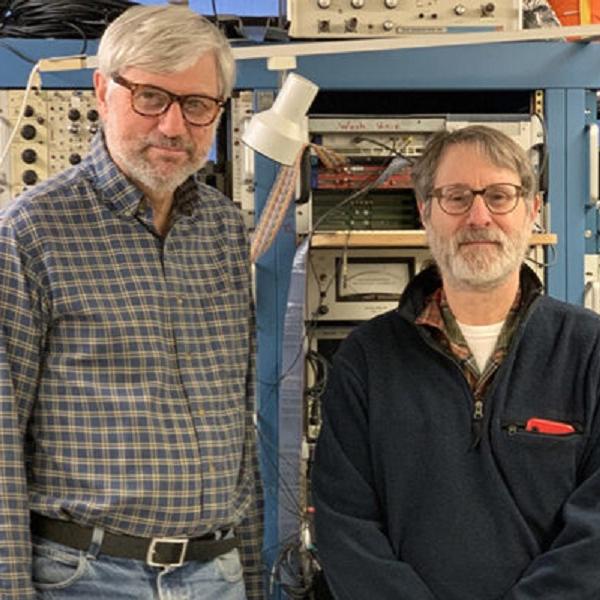
Novel particle detector used to study alternate path to carbon creation in stars

Science research roundup: April 2022

Dev to study mysterious particles at Fermilab
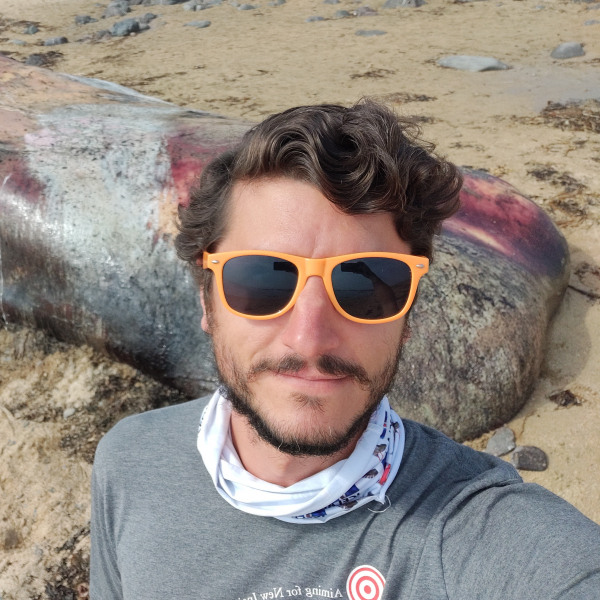
Unique samples or just super weird?
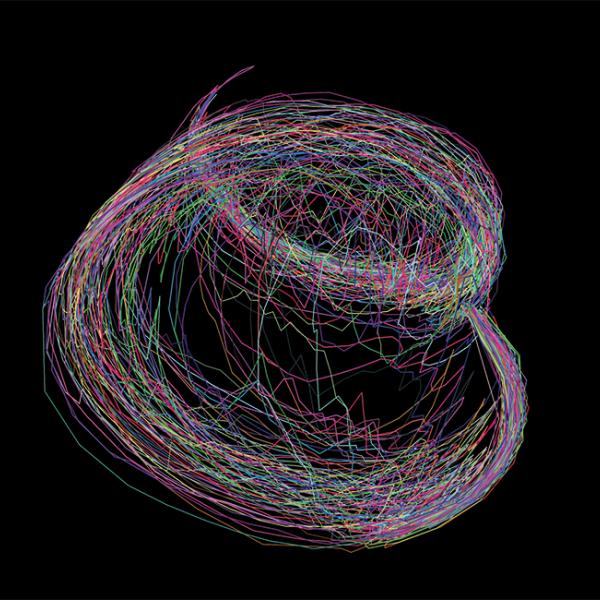
The power of quantum disorder
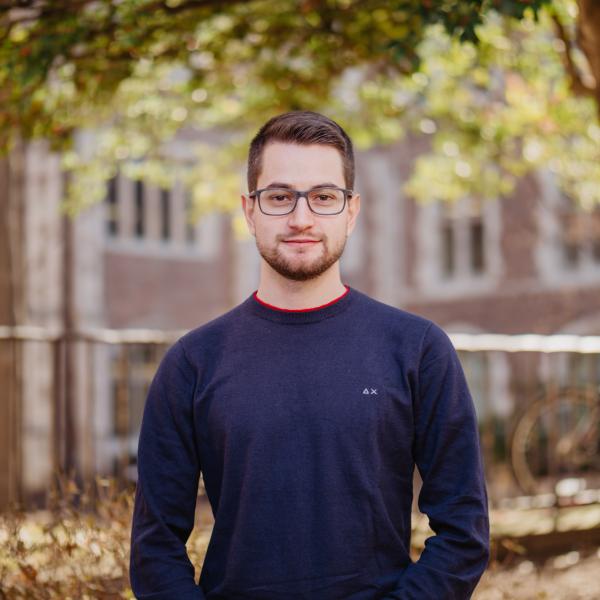
Lorenzo Andreoli selected for URA Visiting Scholars Program

Arts & Sciences faculty win NSF CAREER Awards
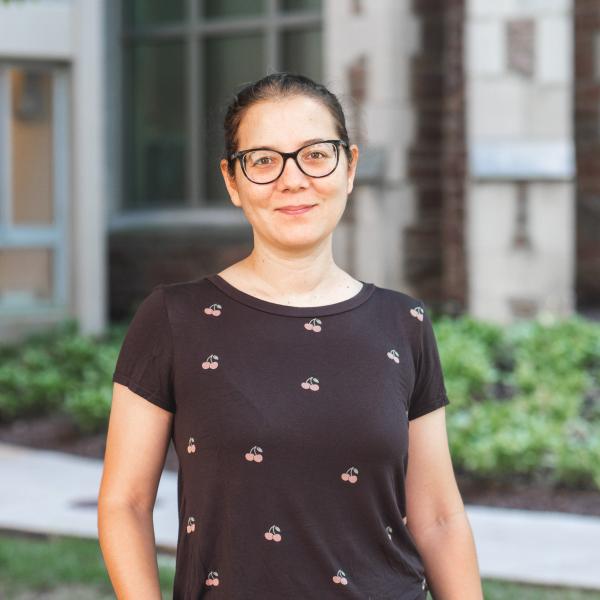
Pastore Promoted
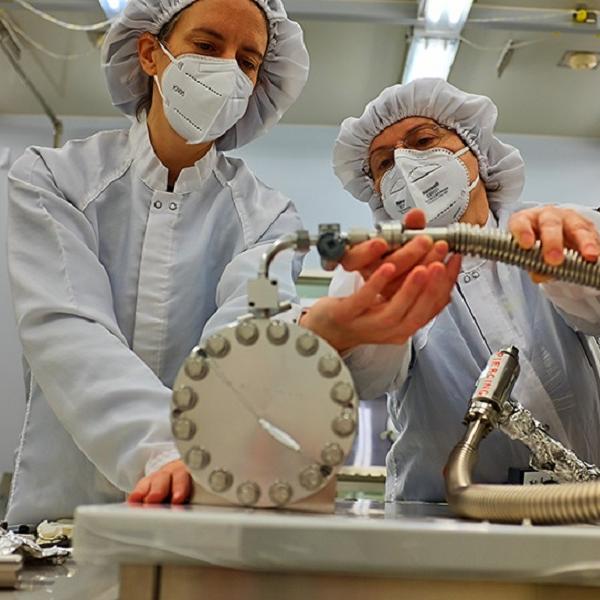
WashU scientists help recover gases from Moon rock time capsule
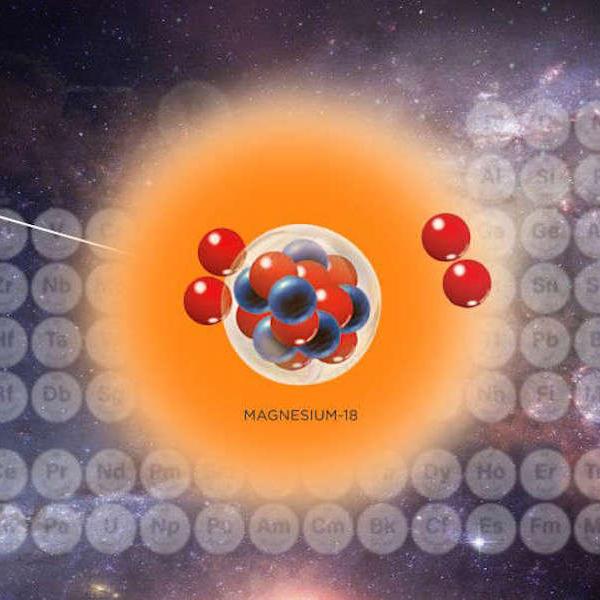
MSN News: Scientists create never-before-seen isotope of magnesium
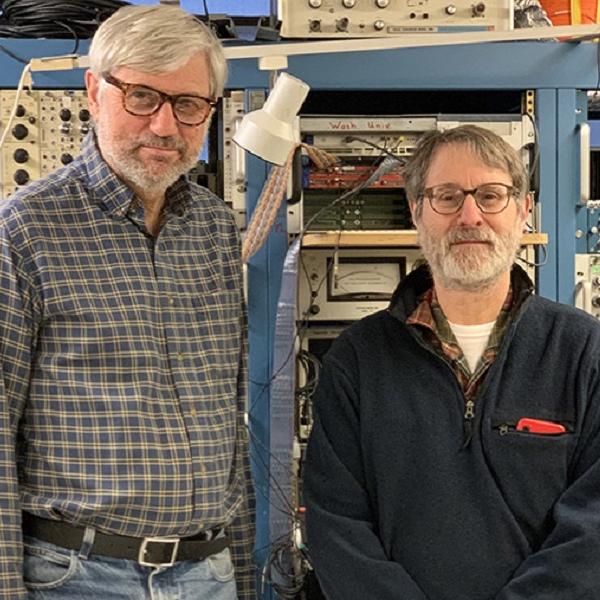
Scientists detect world’s lightest magnesium
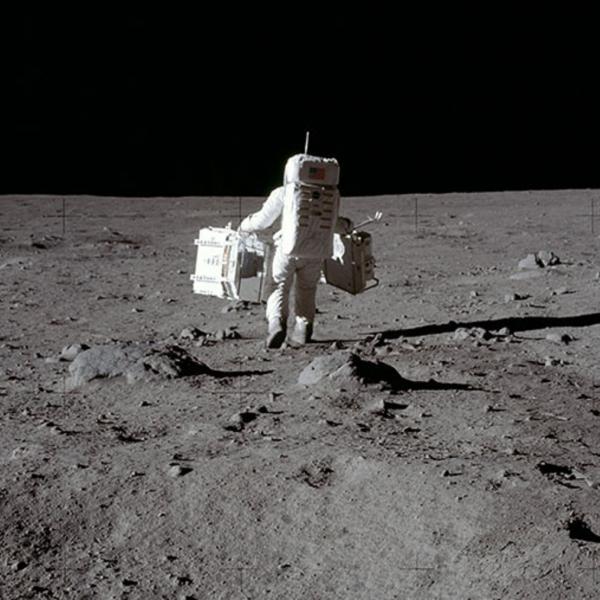
Vacuum-Sealed Container From 1972 Moon Landing Will Finally Be Opened
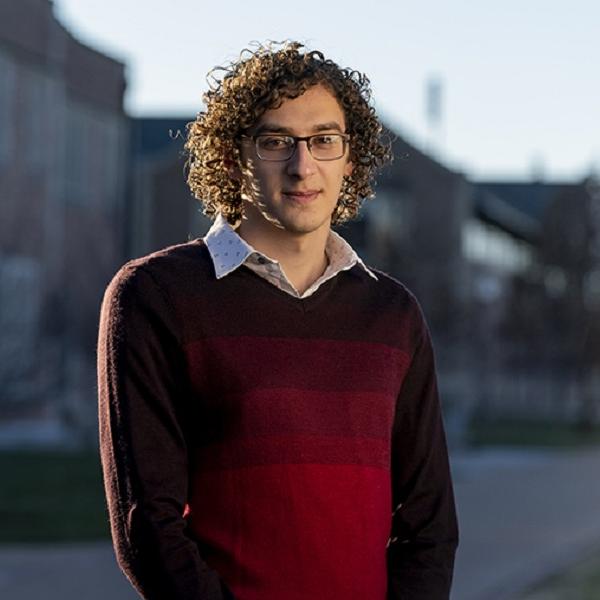
Senior Kuziez named Marshall Scholar
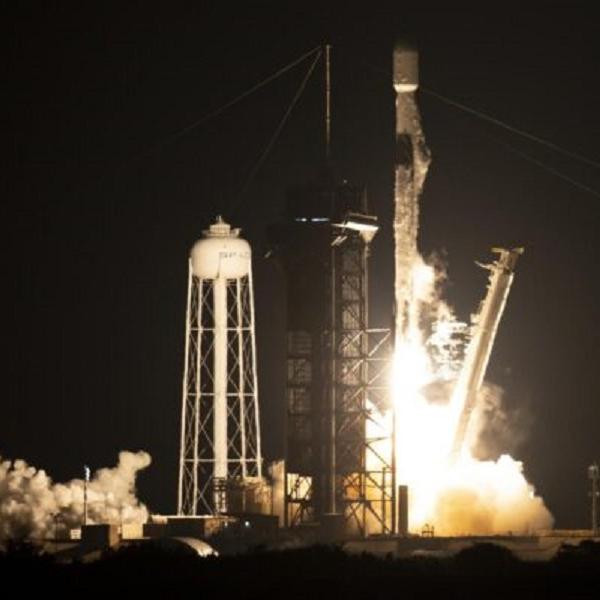
Expanding the X-ray view of the universe

Manel Errando received a subaward from the Smithsonian Astrophysical Observatory

Sachiko Amari won a $973,810 award from NASA

Science research roundup: November and December 2021

Digital Transformation Initiative brings new talent to Arts & Sciences

Nowak wins grants from NASA, Smithsonian observatory

Arts & Sciences faculty among world’s most highly cited researchers
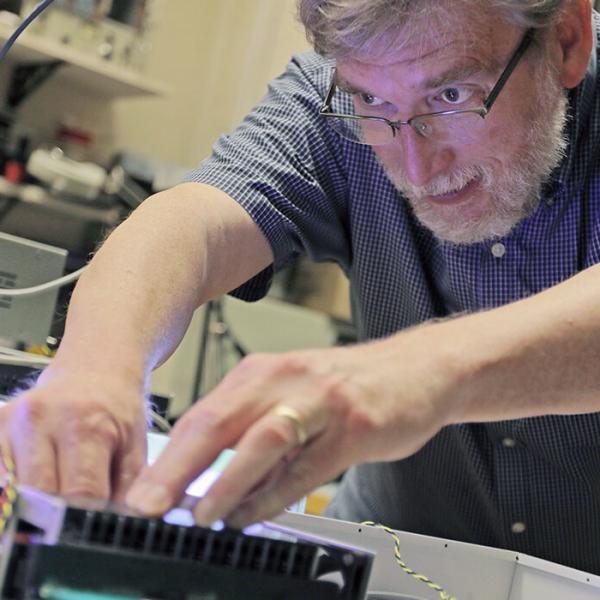
Buckley earns grant for astronomical monitoring

Collaboration yields $750K grant from the Office of Naval Research

Science research roundup: October 2021
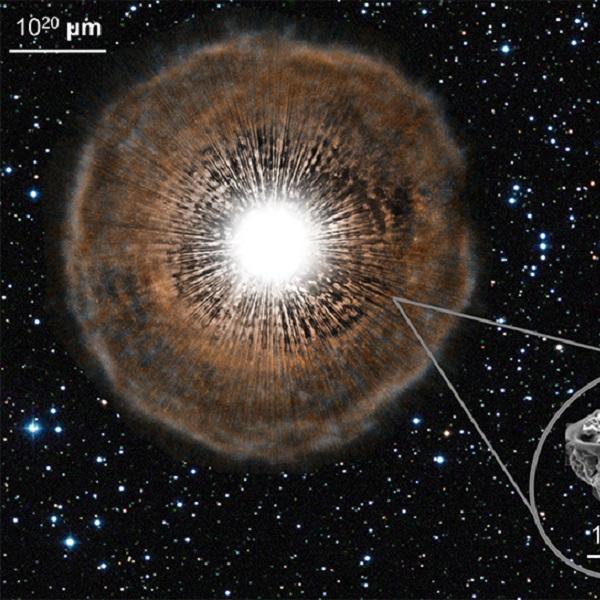
Stellar fossils in meteorites point to distant stars
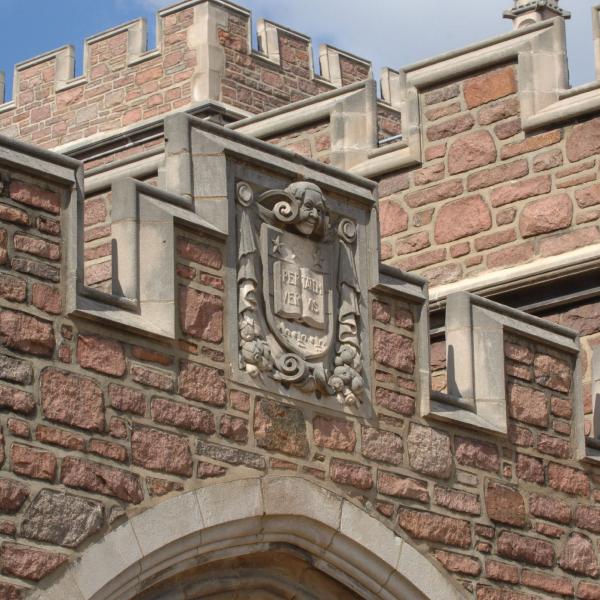
Faculty Search: Assistant Professor in Astromaterials, Solar System, and Planetary System Formation

XL-Calibur telescope to examine the most extreme objects in the universe: black holes and neutron stars
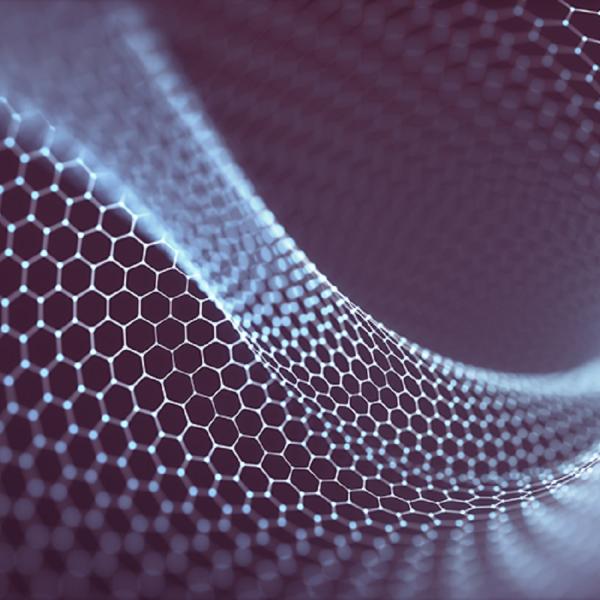
Yang leads $1.8M quantum physics research project

IMSE acquires new facility for fabricating nanomaterials
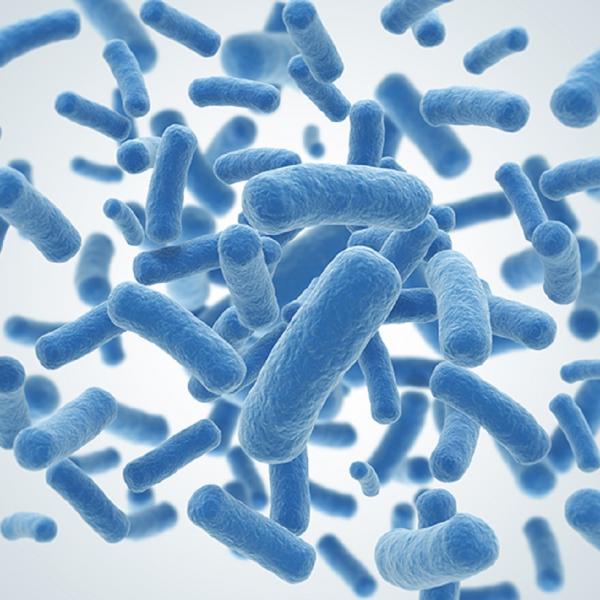
Bacteria could learn to predict the future

Meet our new faculty: Natural sciences and math

Neurons in visual cortex of the brain ‘drift’ over time
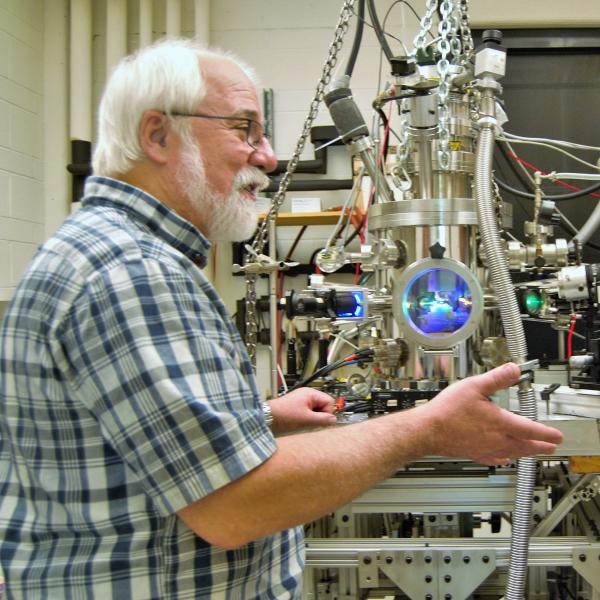
Science research roundup: August 2021

Kelton awarded $1.46 million to study nucleation in microgravity environment
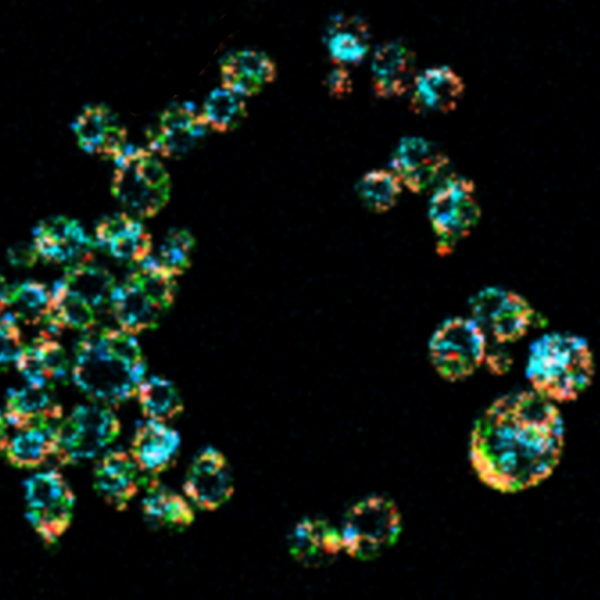
Physicist Mukherji awarded $1.97 million to study cellular design
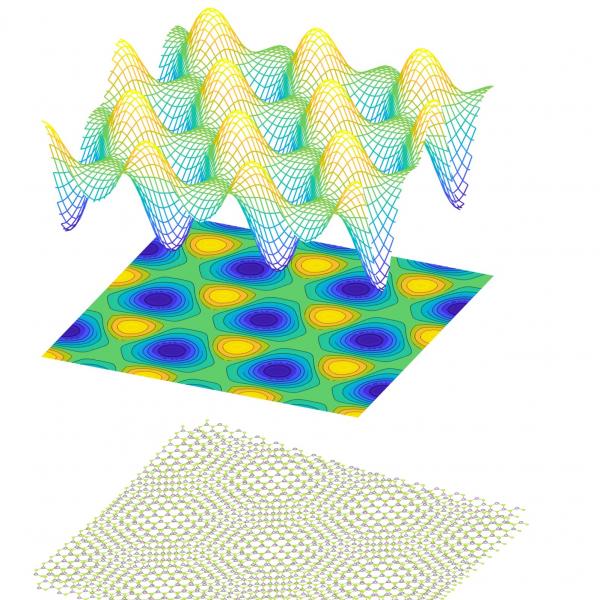
NSF grant awarded to Li Yang to study two-dimensional quantum materials
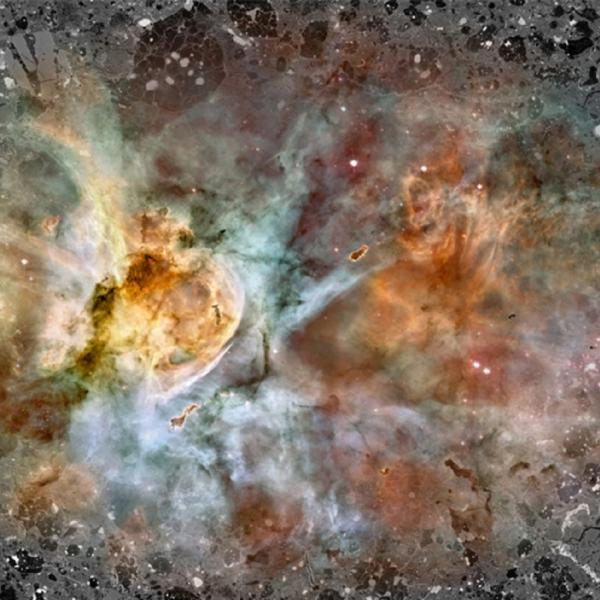
Sculpted by starlight: A meteorite witness to the solar system’s birth
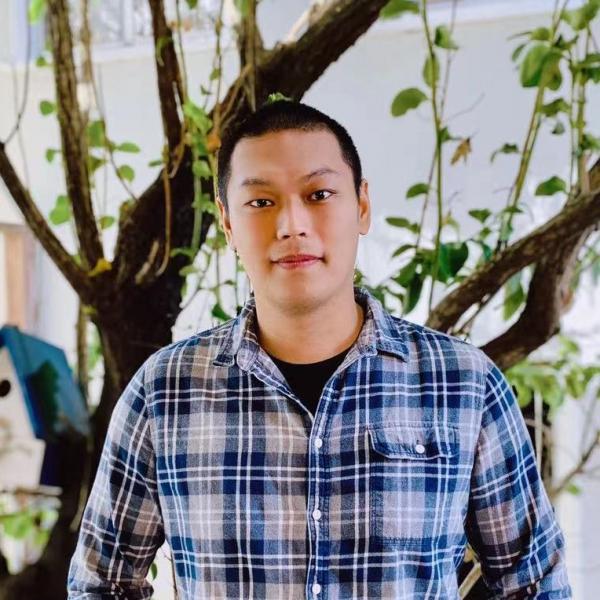
Chong Zu joins the Department of Physics
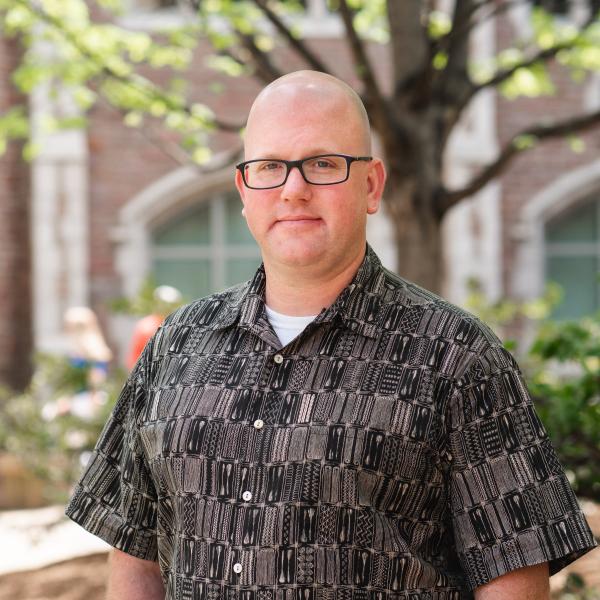
Rauch’s cosmic ray research probes origins of matter in the Milky Way
Analysis of pristine samples of the Moon

Buckley awarded $4.9 million to develop gamma ray astronomy mission

Physicist Nagy to lead next-gen balloon mission
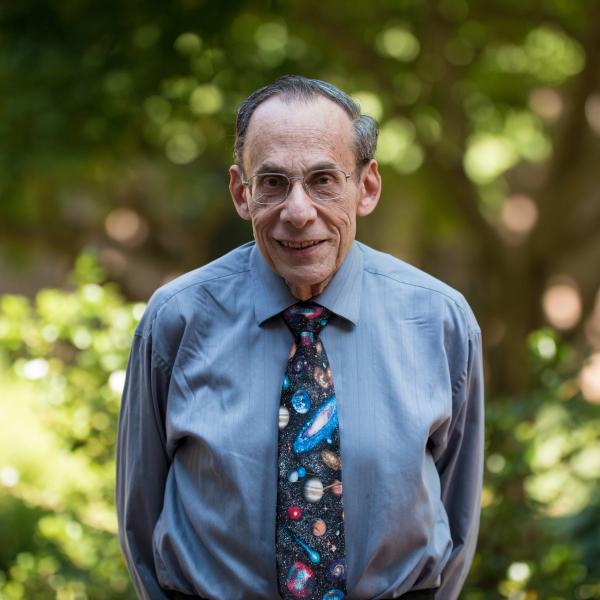
Israel retiring

Piarulli receives early-career research award
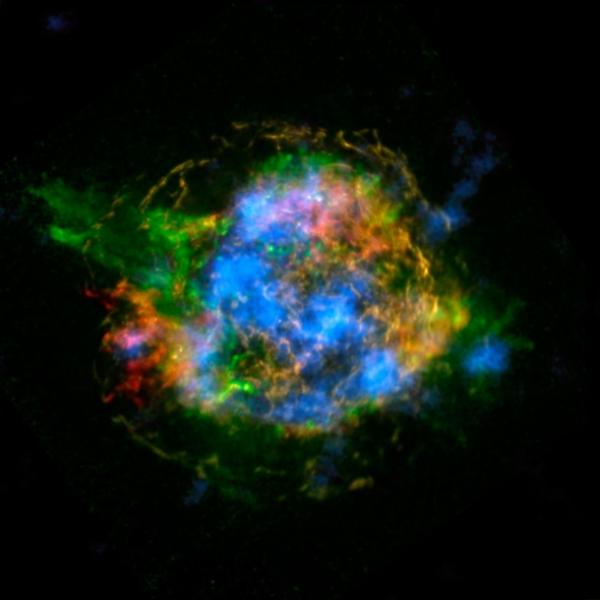
Krawczynski and Nagy receive NASA funding
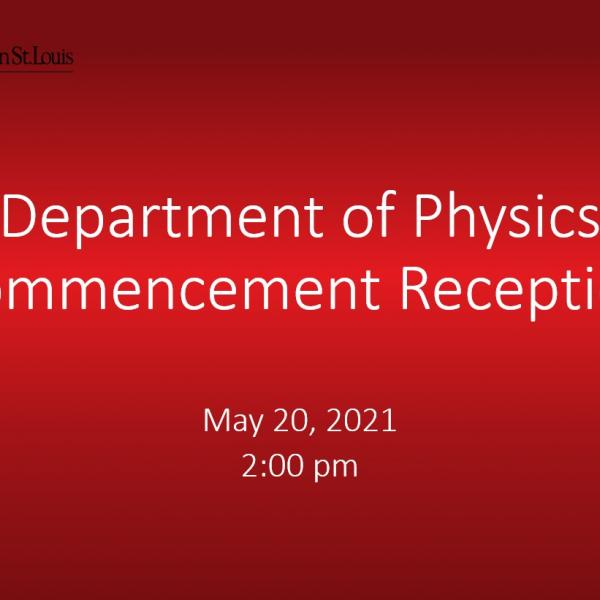
Department of Physics Recognition Ceremony 2021

Obituary: Michael Friedlander, professor emeritus of physics, 92
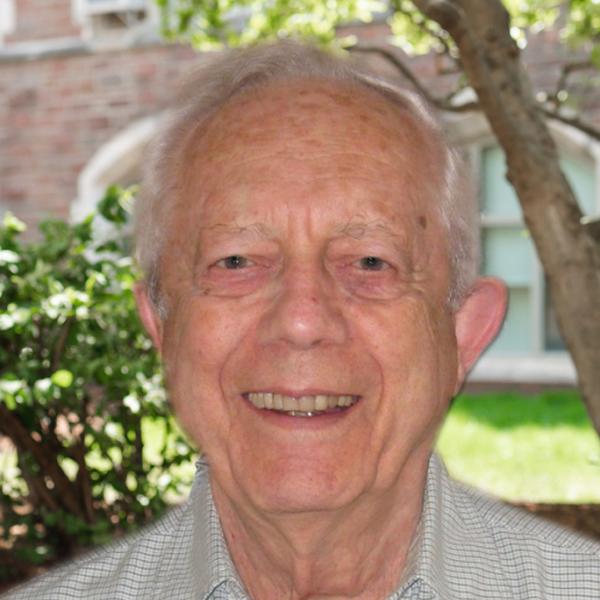
Michael Friedlander, 1928-2021
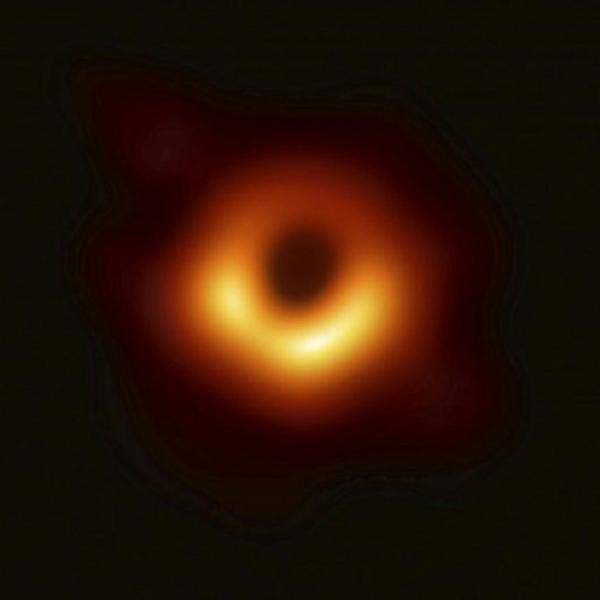
Nowak, collaborators share new observations of famous black hole

Murch promoted to full professor
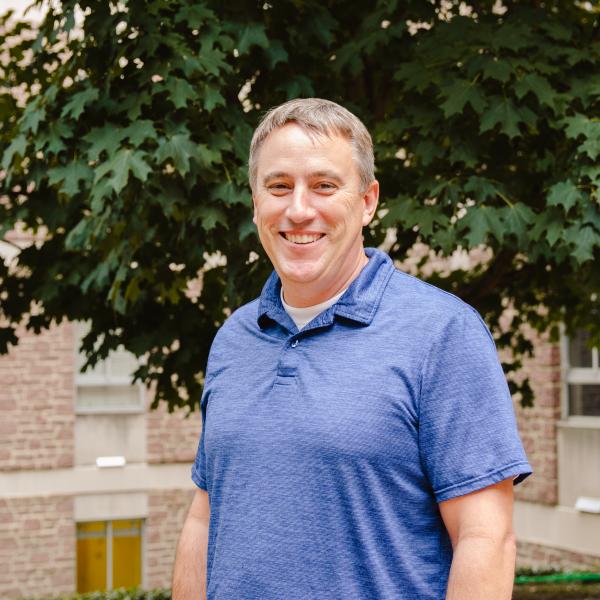
Gillis-Davis promoted to research full professor
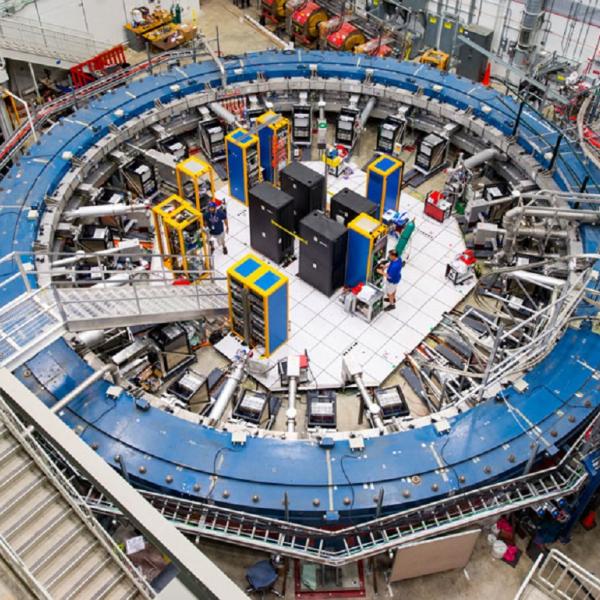
Muon magnetism could hint at a breakdown of physics’ standard model

Jeff Gillis-Davis has pioneered a new method for laser space weathering
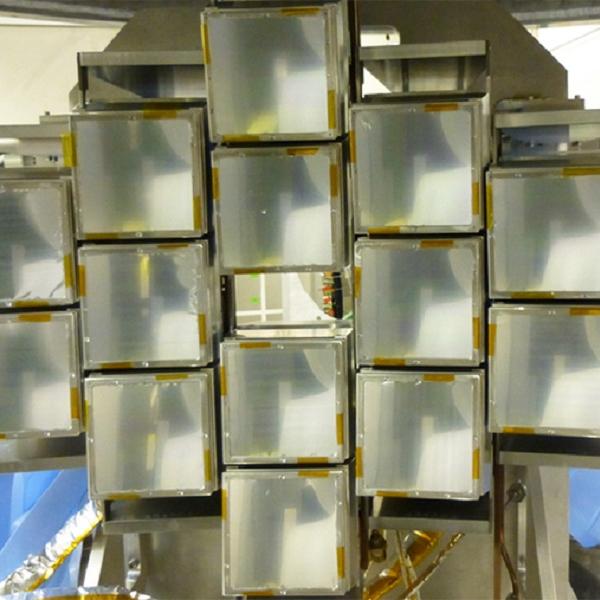
Researchers observe new isotope of fluorine

Nowak receives grant to study spectroscopy models
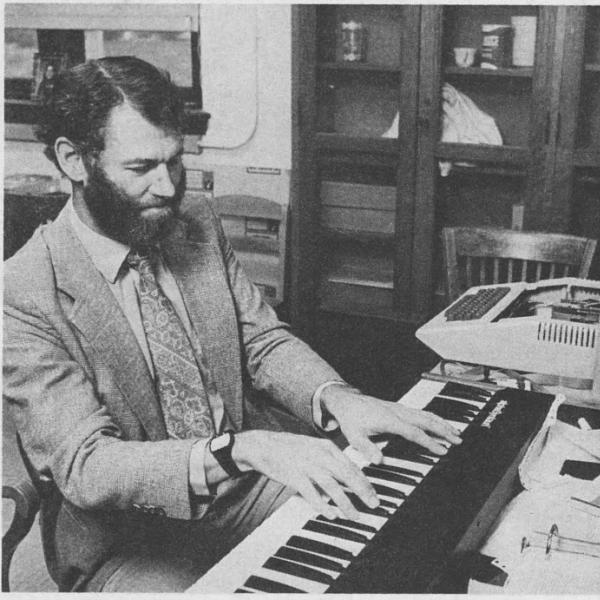
John Scandrett, 1933-2021
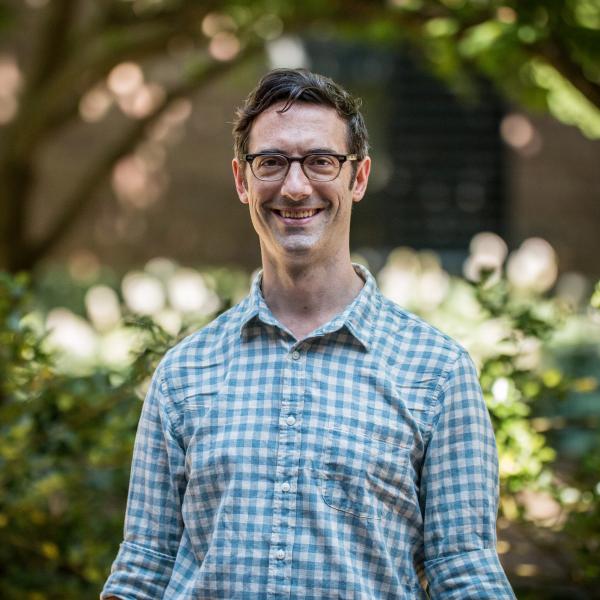
Erik Henriksen promoted

Gillis-Davis received NASA subaward

A rising star in physics
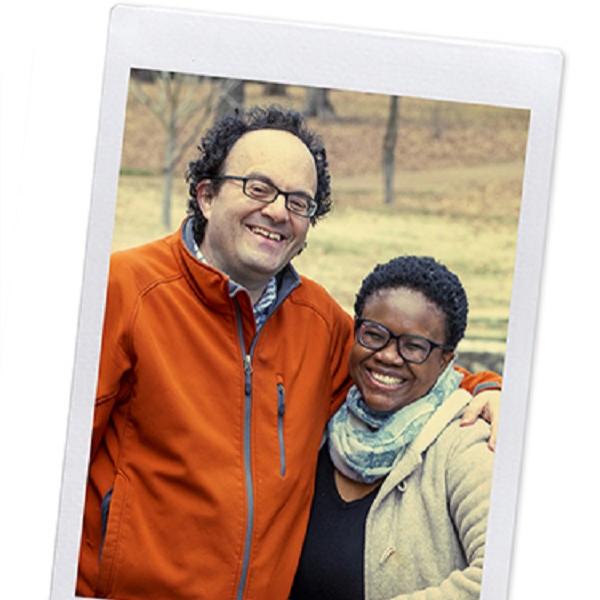
Life in the time of COVID
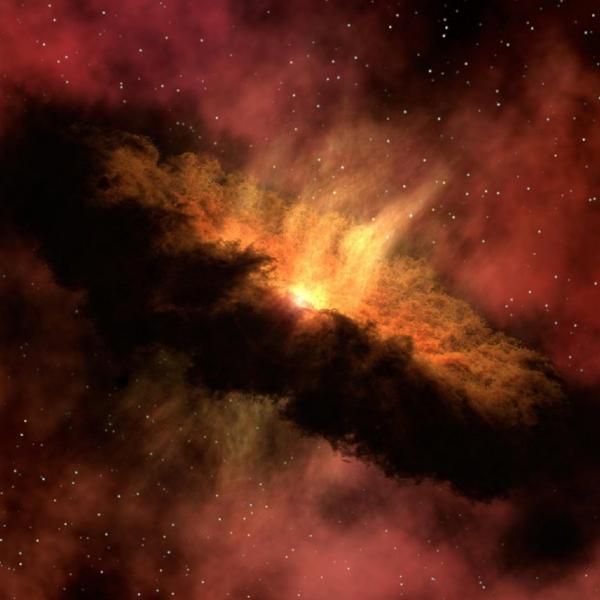
Amari receives Urey Award for career in cosmochemistry
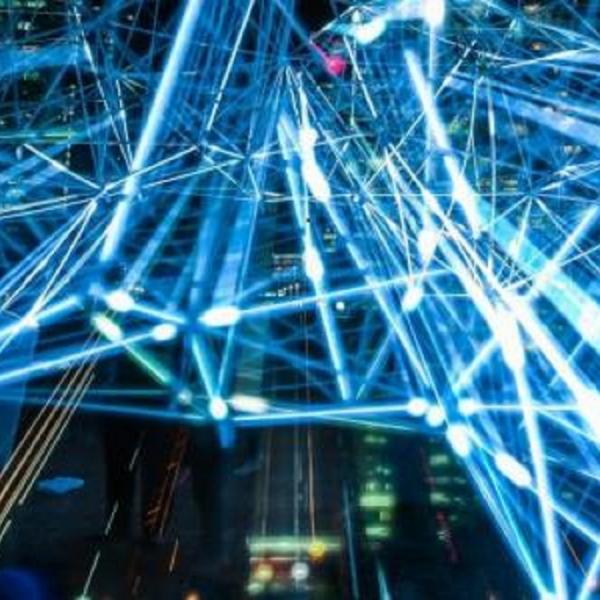
Fourteen faculty searches approved for digital transformation initiative
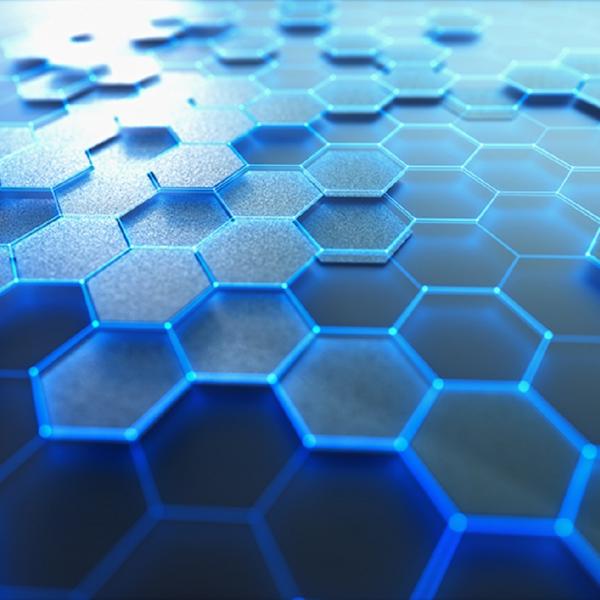
New way to control electrical charge in 2D materials: Put a flake on it
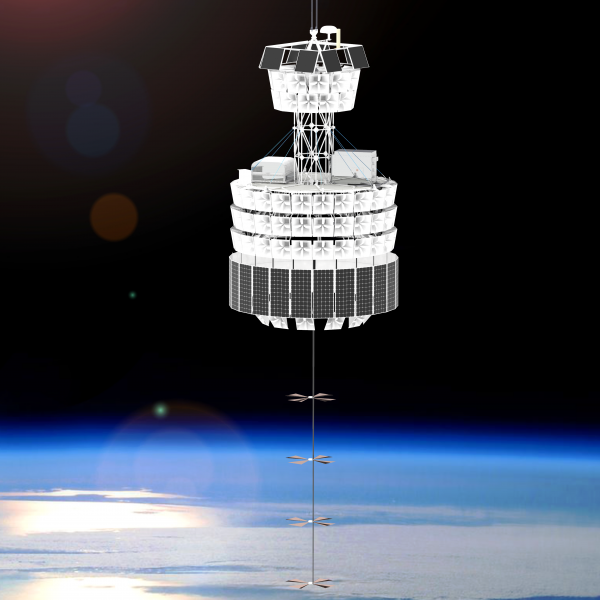
NASA selects astrophysics mission to detect ultrahigh-energy neutrinos
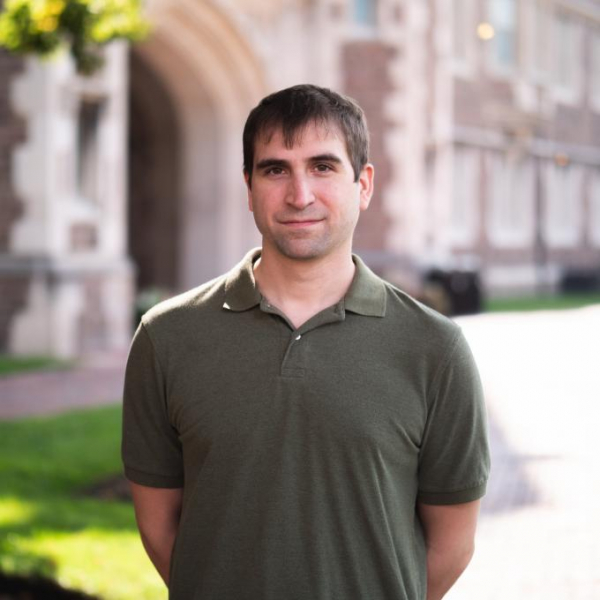
Jim Mertens recently joined the Department of Physics

Gravitational waves probe exotic matter inside neutron stars

Nowak awarded a NASA grant

NASA grant awarded to Henric Krawczynski

John Templeton Foundation funding Kater Murch

Seidel receives NSF grant
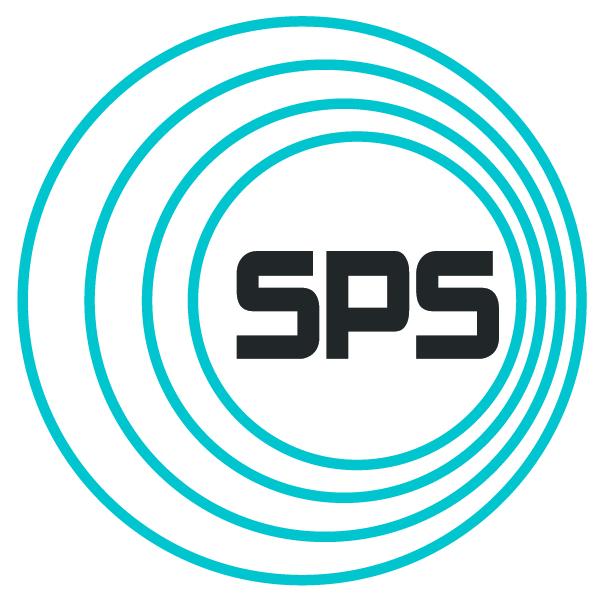
Society of Physics Students chapter wins national recognition
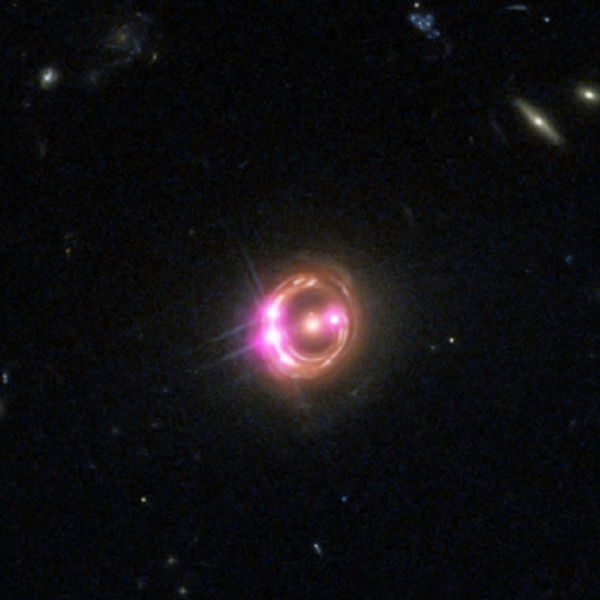
Glimpsing the unseeable physics of a black hole
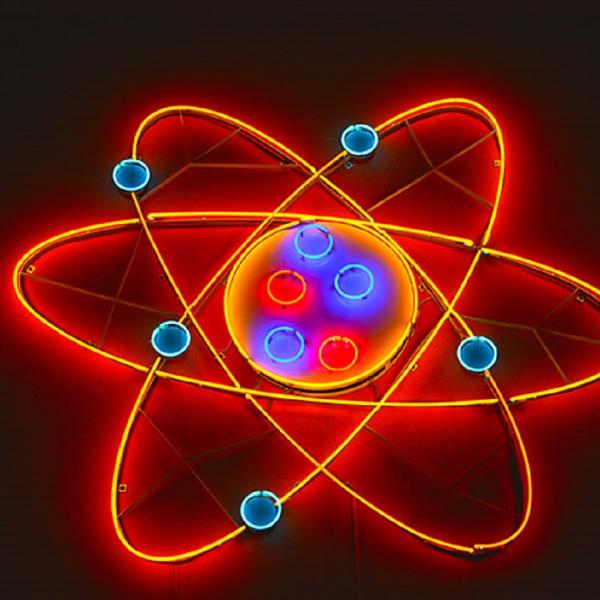
Solving for nuclear structure in light nuclei

Jeffrey Gillis-Davis won a NASA grant

A conversation with two award-winning women in space science

Yang’s work with quantum materials honored by APS
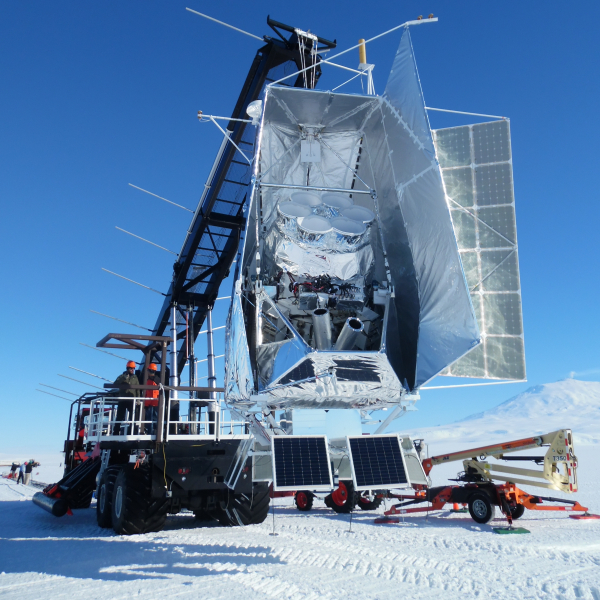
Johanna Nagy joins Department of Physics
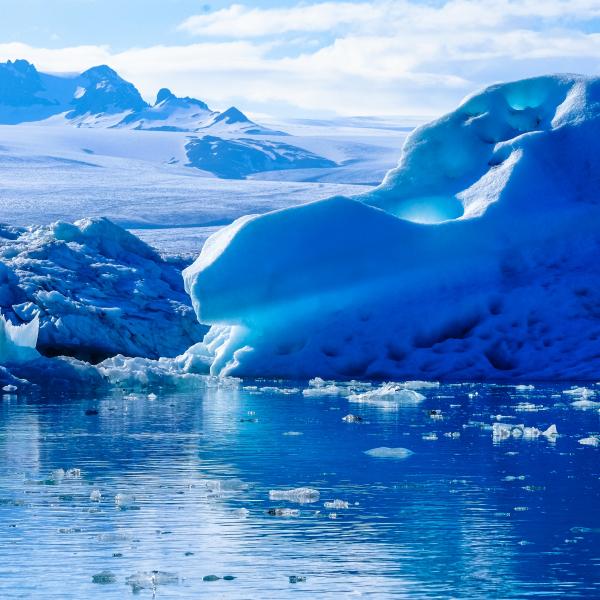
Research in Antarctica

Nowak won a grant from the Smithsonian Astrophysical Observatory

A microscale search for cosmic answers
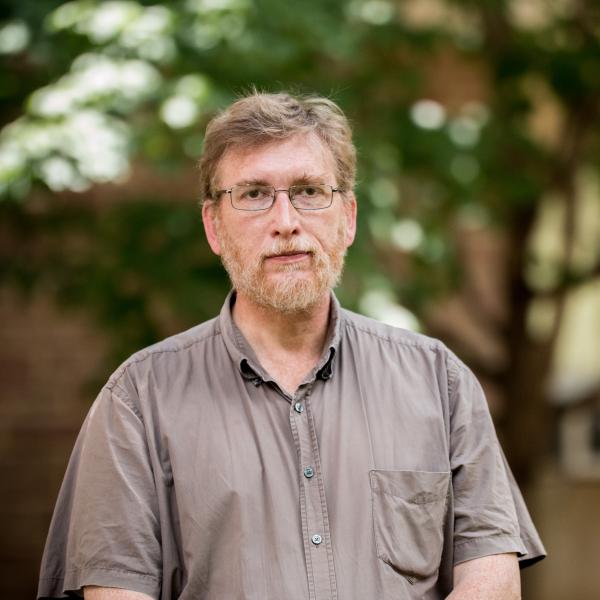
James Buckley elected Fellow of the American Physical Society
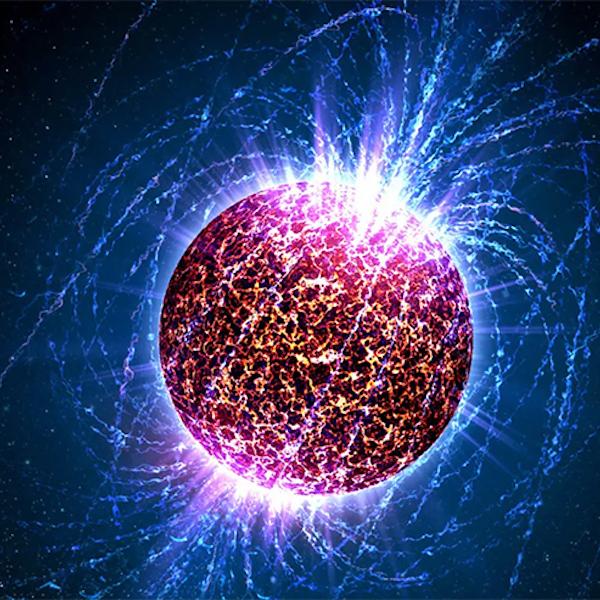
Looking skin deep at the growth of neutron stars
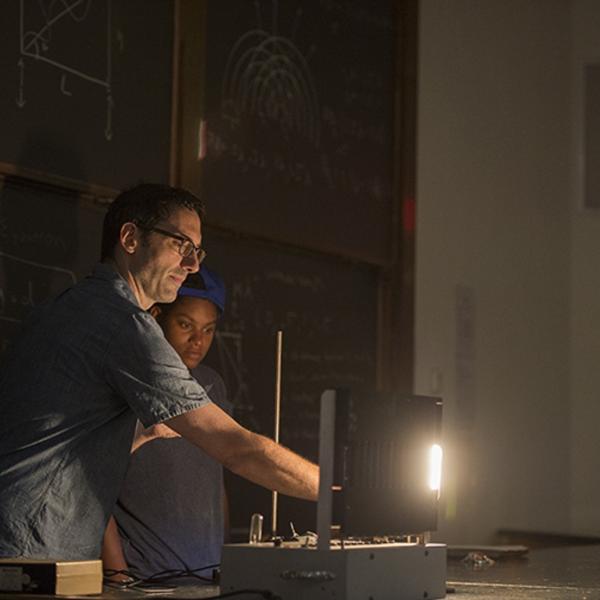
Henriksen lands CAREER grant to chase electron effects

Meteorite study suggests Earth may have always been wet
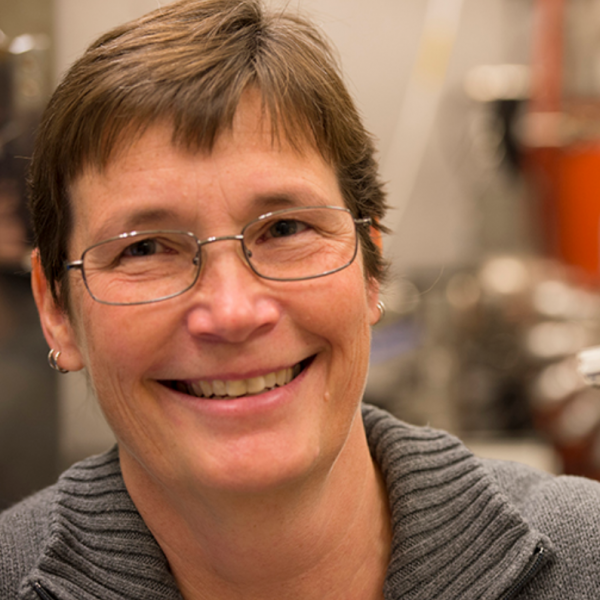
Alumni dedicate special journal issue to late professor
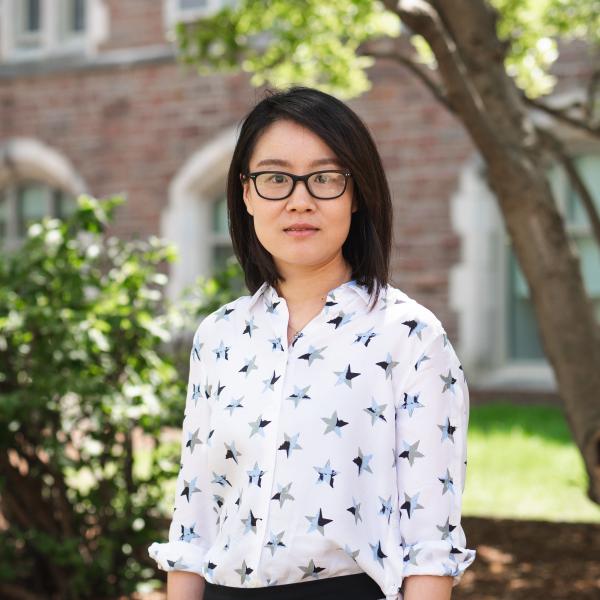
Nan Liu has been awarded the Nier Prize

Pastore awarded grant from DOE

The hidden magnetic universe begins to come into view

Erik Henriksen receives NSF CAREER award

Dev receives award for neutrino research

Simons Foundation Grant to study PT symmetry
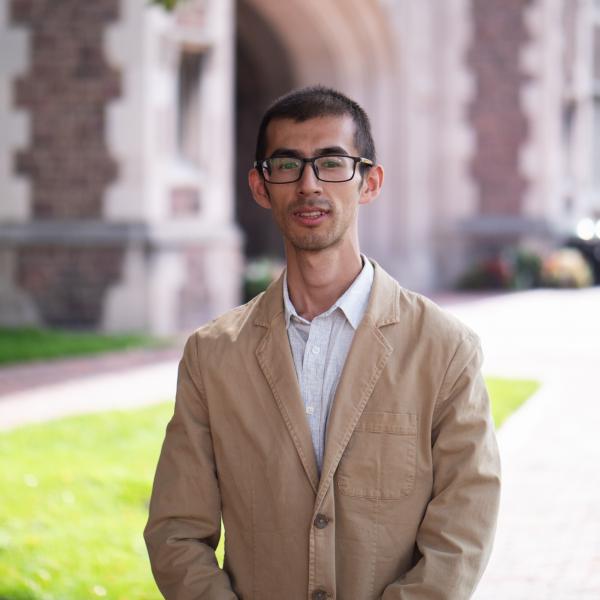
Sheng Ran has joined the department
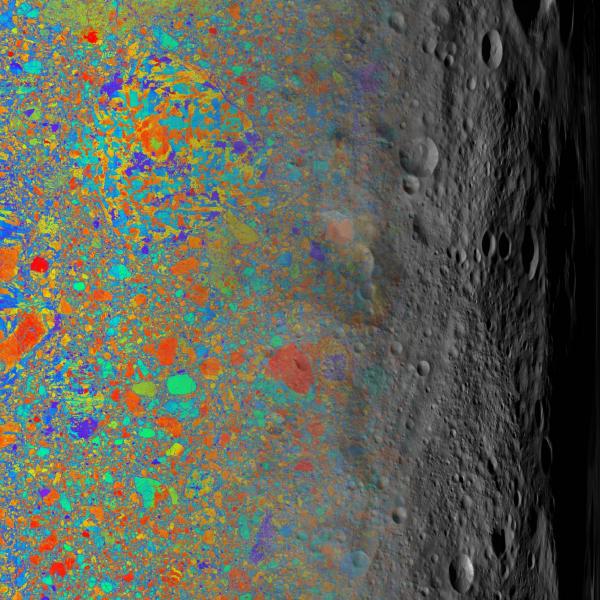
Specks of stardust

With on-campus lab work halted, researchers forge ahead

Li Yang promoted

Physics and the 'grey areas' of biology
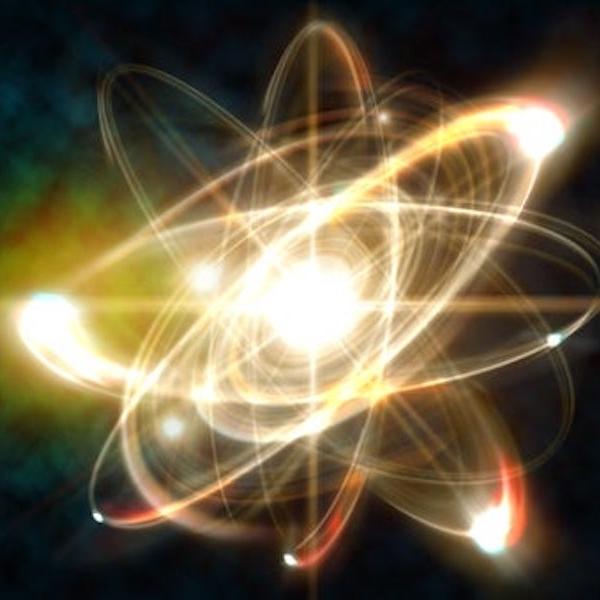
Carbon conundrum: Experiment aims to re-create synthesis of key element
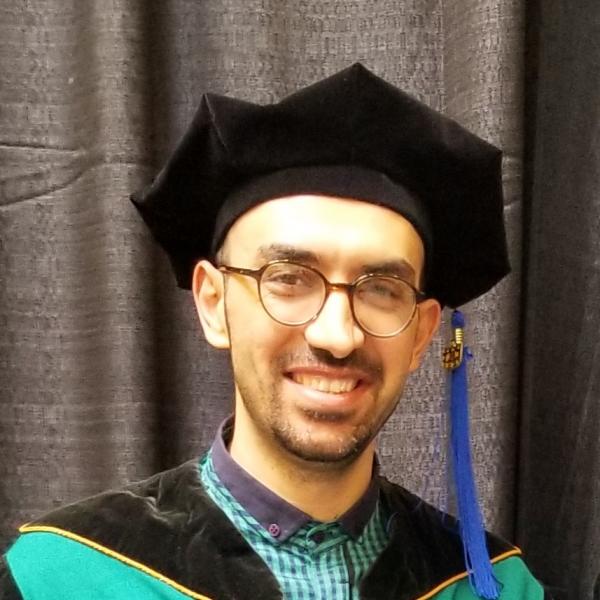
Mahdi Naghiloo wins 2020 Biruni Award
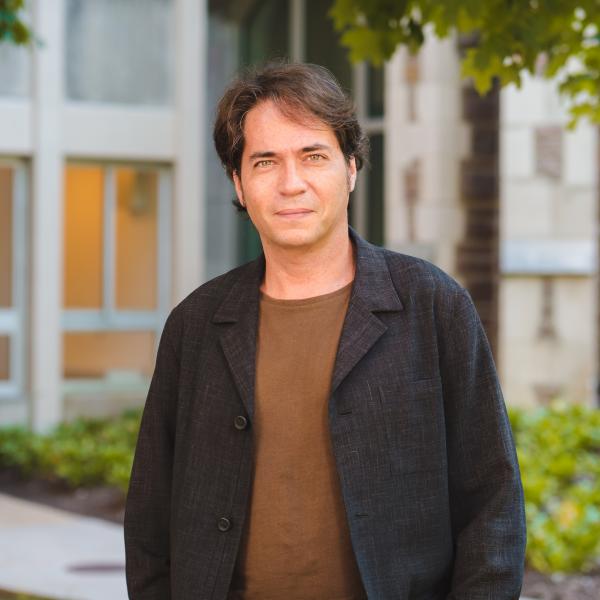
Physical Review Outstanding Referee
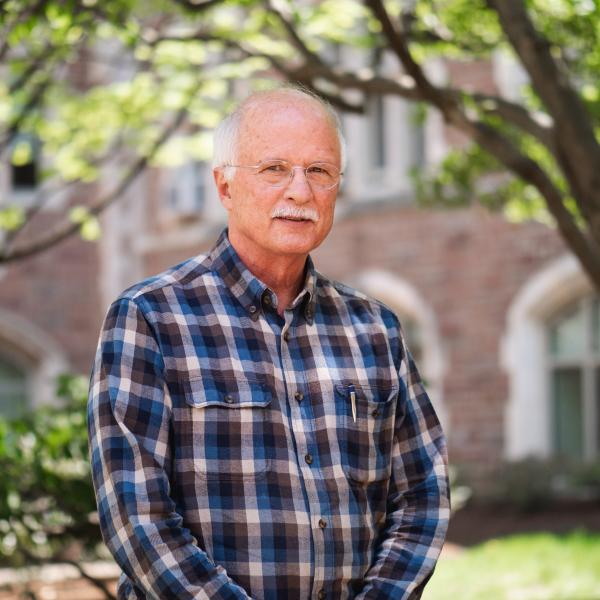
Outstanding APS Referee
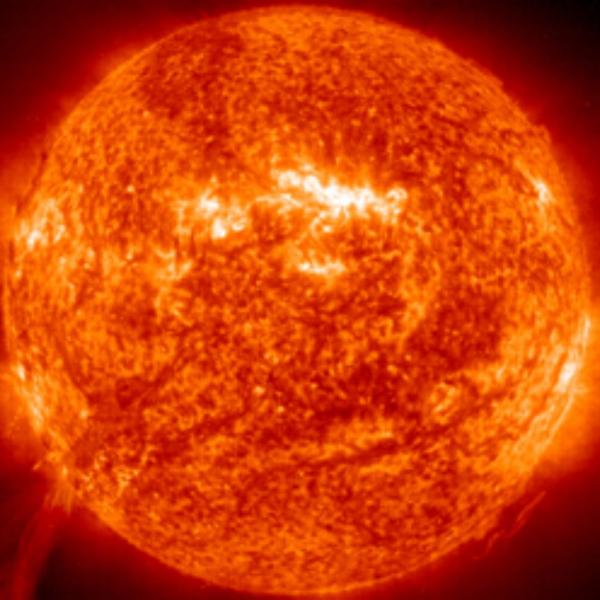
Space samples suggest "new physics" in cause of violent solar flares
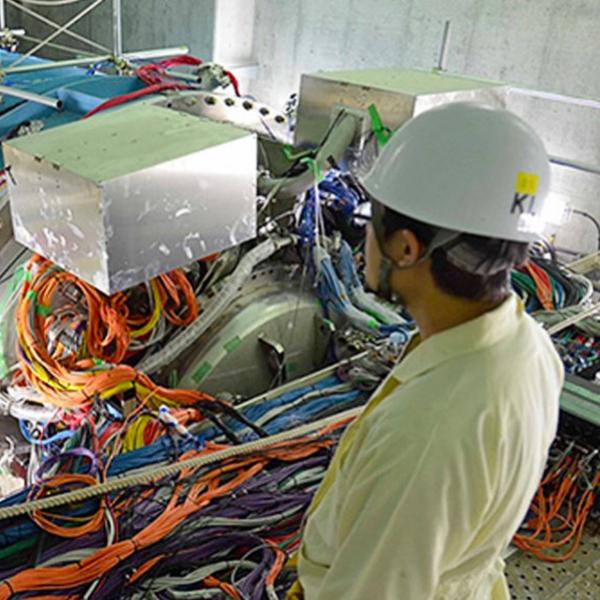
Misbehaving kaons could hint at the existence of new particles

A super-rare 'Zee burst' in Antarctica could one day unlock a key mystery of ghostly neutrinos
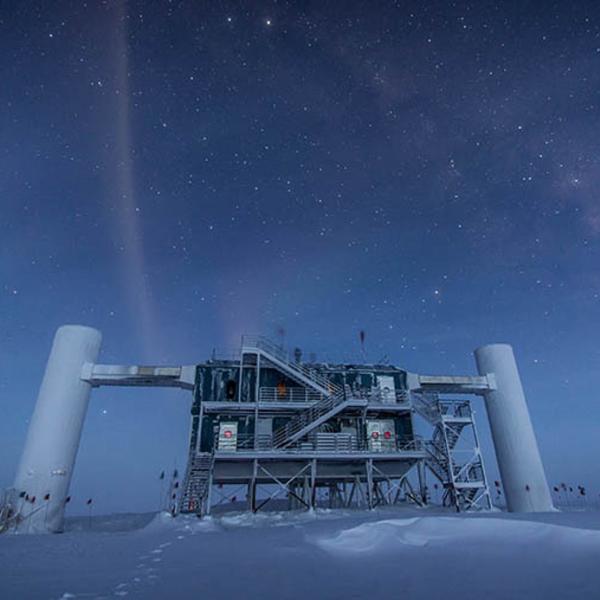
Ultra-high energy events key to study of ghost particles

NASA supporting two projects

NASA Grant Awarded to Nan Liu
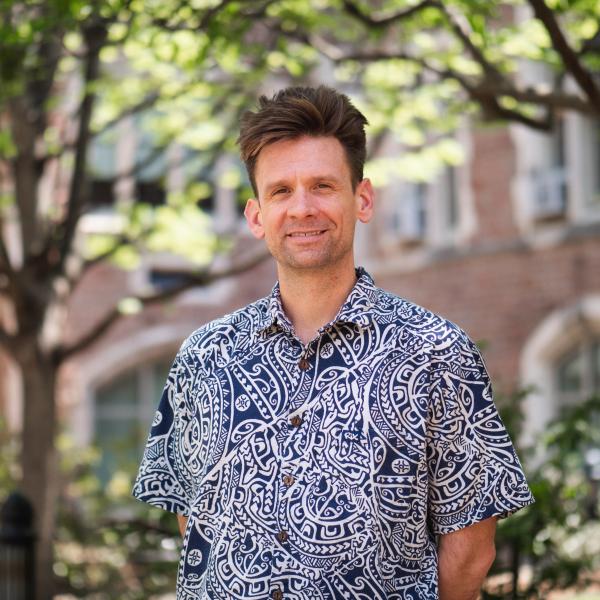
Wash U Year in Review Video Features Professor Ryan Ogliore

WashU physicists launch cosmic ray telescope from Antarctica
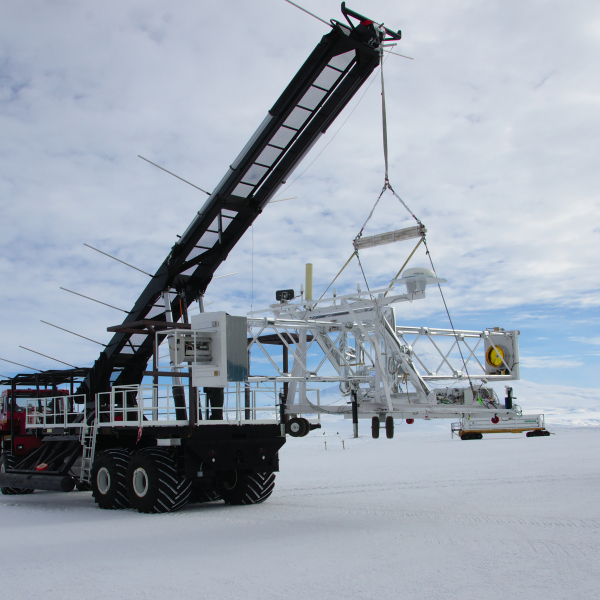
Supersize me: Physicists awarded $3.3M for XL-Calibur telescope
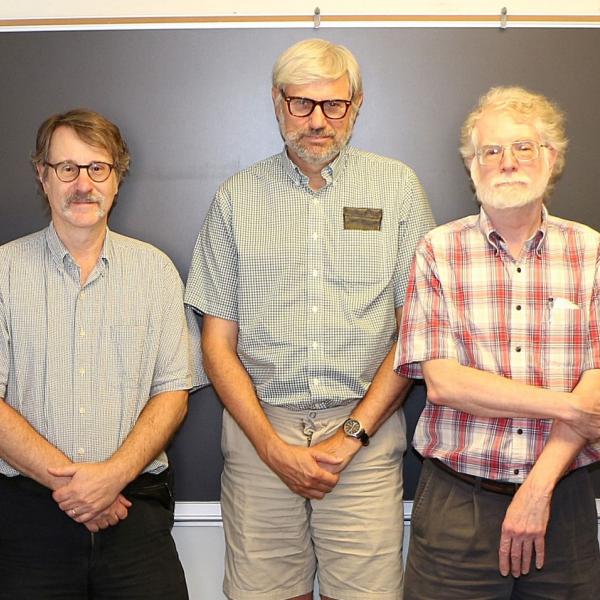
DOE Grant Approved
Dr. Gillis-Davis explains the science and exploration value of ice deposits at the Moon’s poles
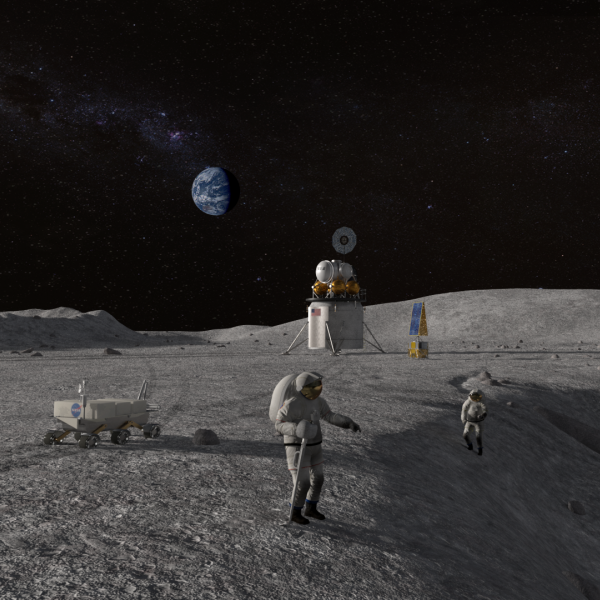
Wash U Scientists Study Moon Ice To Help Astronauts Explore Solar System
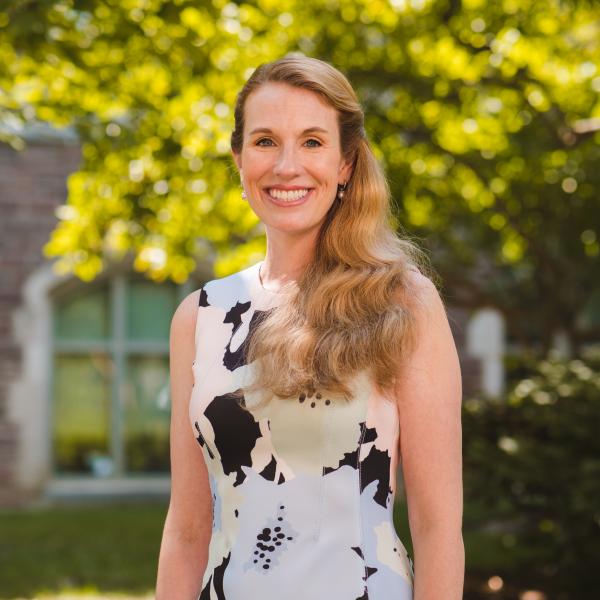
Dr. Mairin Hynes honored with Emerson teaching awards
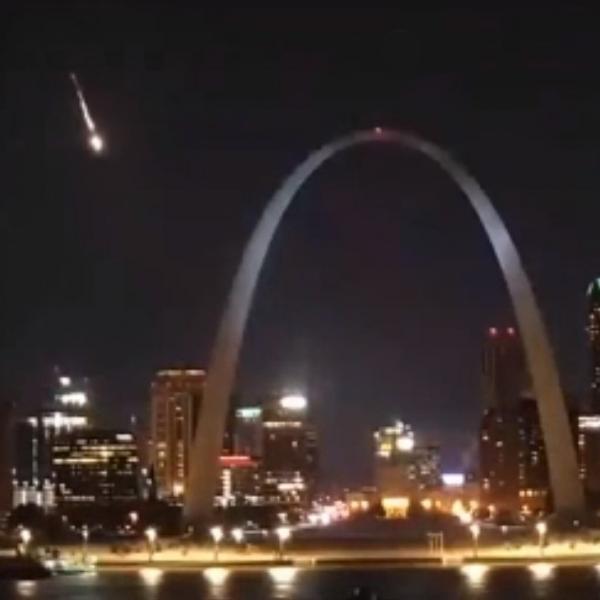
Scientists think there may be meteorites in this Missouri pasture

Investigating water ice, space weathering on the Moon

Kip Thorne explores the warped side of the universe
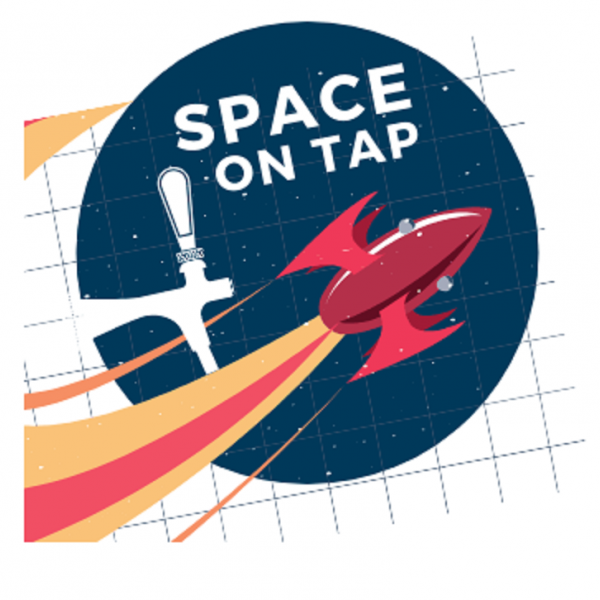
Space on Tap!

A Newly Seen Quantum Symmetry Can Lead To Insights To The Workings Of The Universe

Complex energies, quantum symmetries
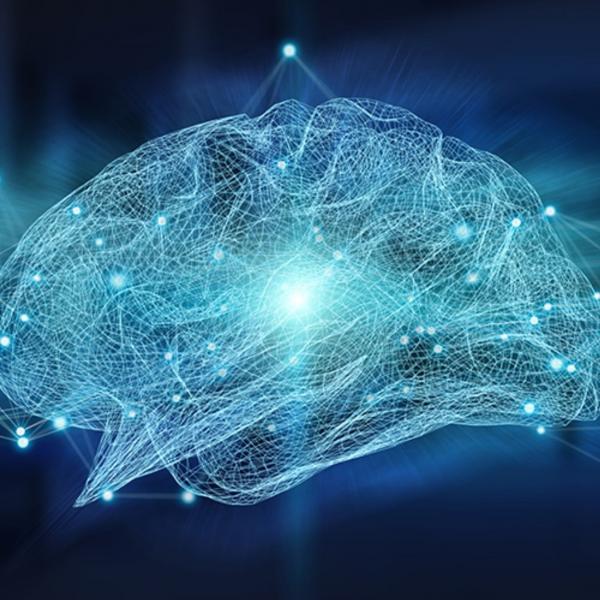
Brain tunes itself to criticality, maximizing information processing

Brian Rauch received a NASA grant
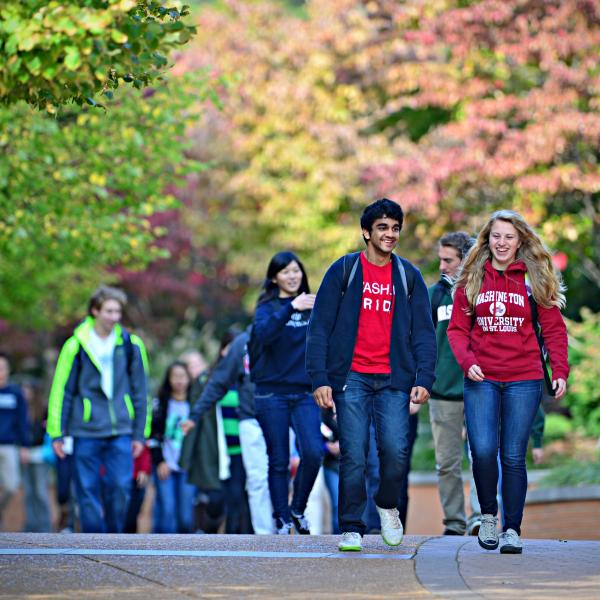
New Major in Astrophysics

Henric Krawczynski appointed Wayman Crow Professor
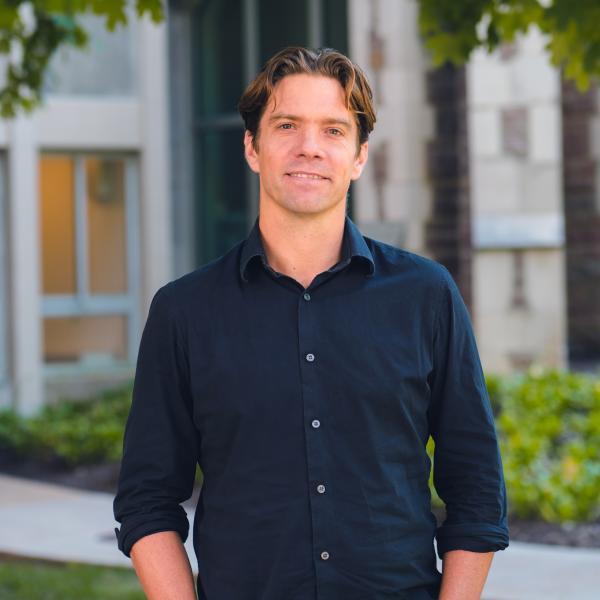
Center for Quantum Sensors awarded NSF Quantum Leap Challenge seed grant
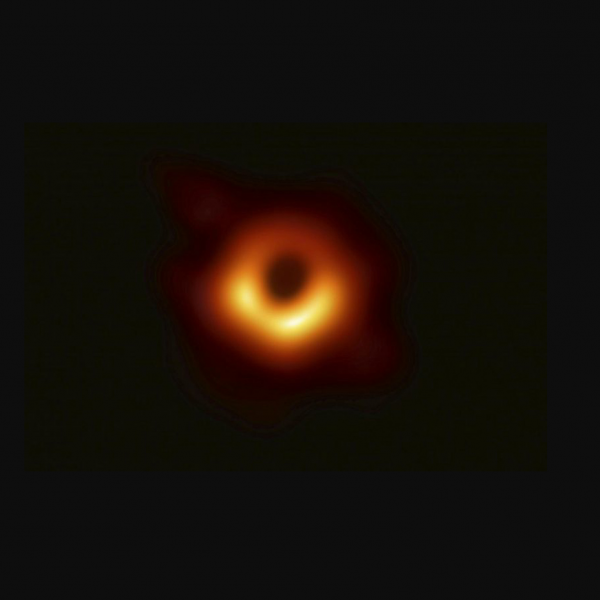
Nowak shares Breakthrough Prize in Fundamental Physics

Michael Nowak received a grant from the Smithsonian Institution

Willem Dickhoff received an NSF grant
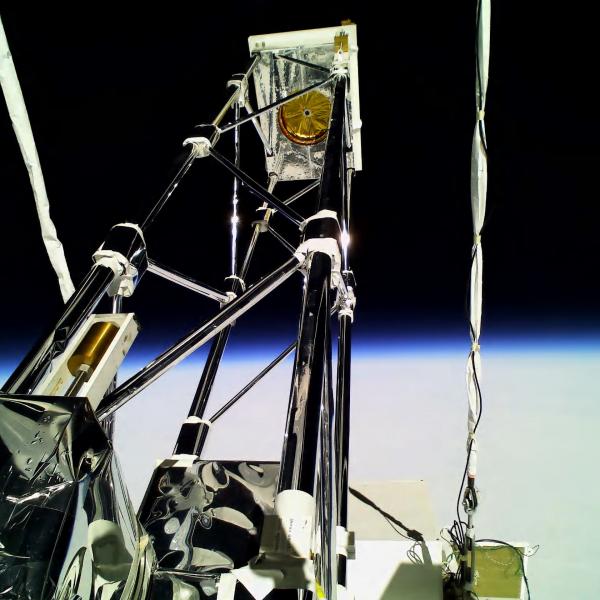
The Flight of X-Calibur

Buckley Received a NASA Grant
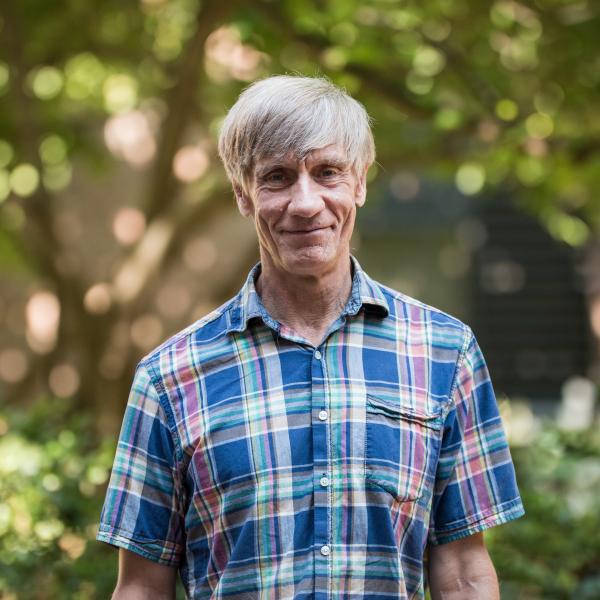
Carlsson Received an NSF Grant
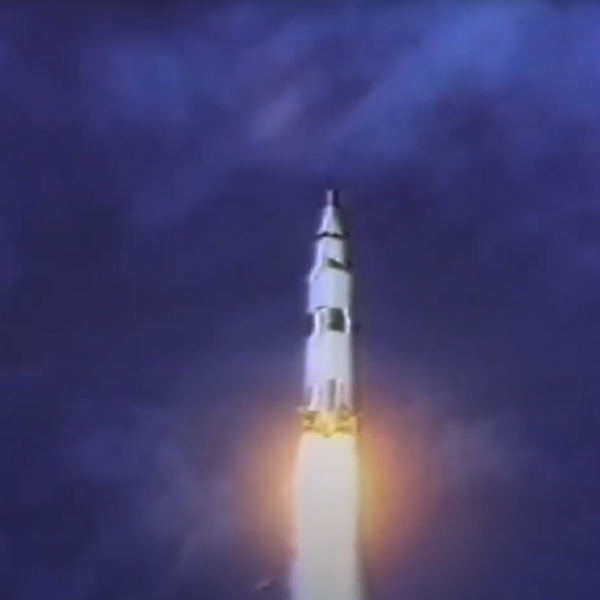
Apollo 11 launched 50 years of lunar science

Characterizing the ‘arrow of time’ in open quantum systems

Manel Errando - Assistant Professor of Physics

The fractal brain, from a single neuron’s perspective
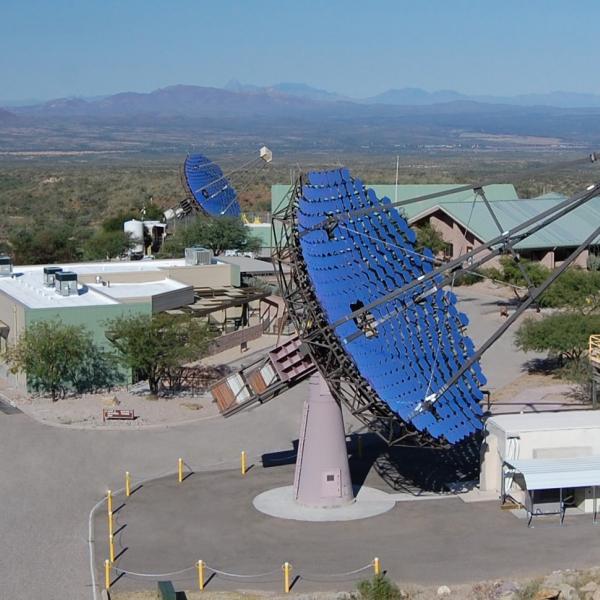
VERITAS
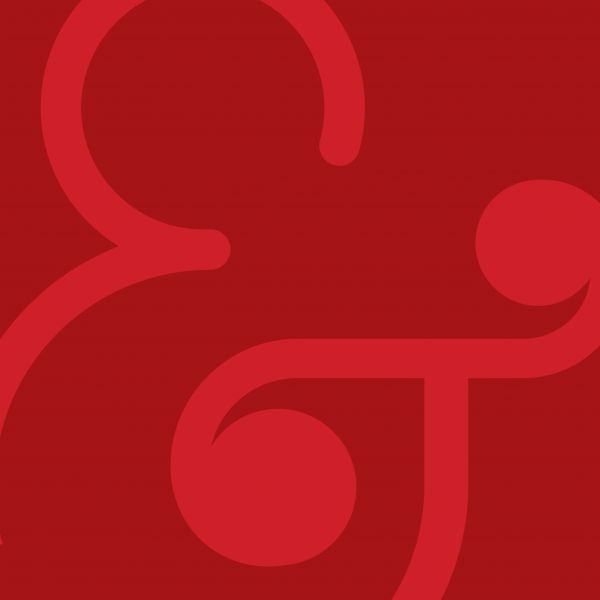
Journal of Chemical Physics - Editor's Pick

What will you remember, and what's next?

A quantum launch

Excellence in Teaching Award in Science

Manel Errando received NASA award
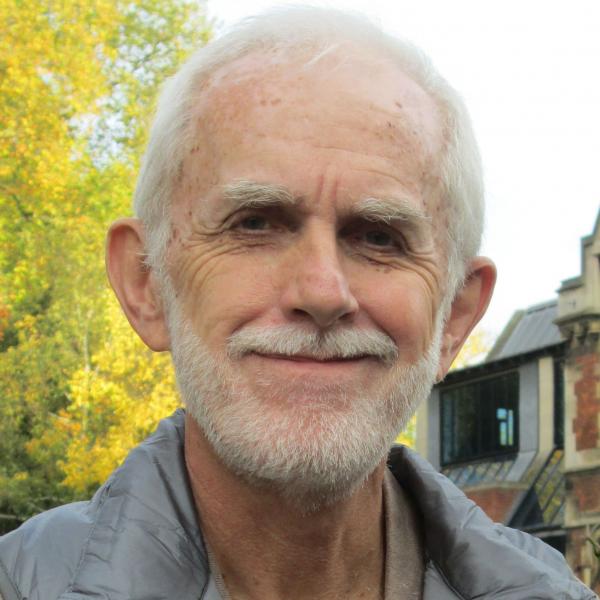
Cliff Will wins the 2019 Albert Einstein Medal

Research Professor Michael Nowak was awarded two grants

Studying the small to understand the big
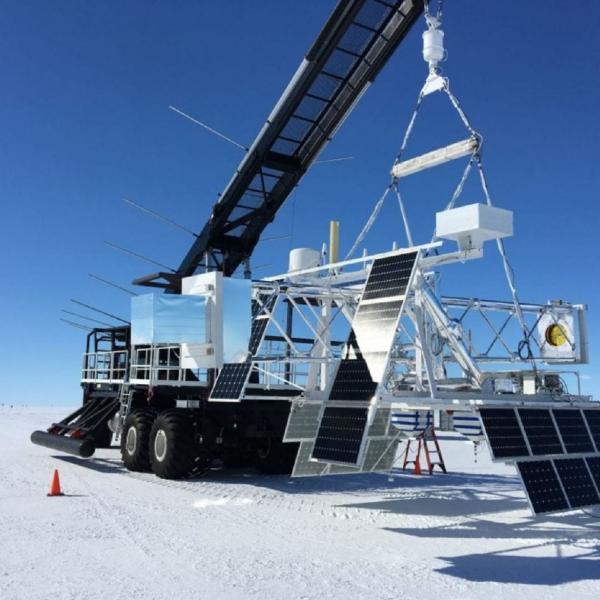
SuperTIGER and X-Calibur

Physics Students Win National Recognition

Carl Bender Received Humboldt Research Award
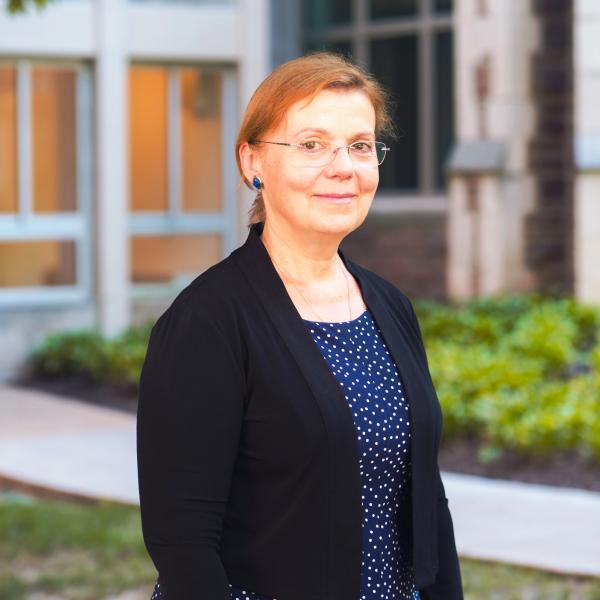
Olga Pravdivtseva received a NASA grant

Physics Research Group Heads to Antarctica to Launch Telescope

Cold, Dark Stars Lurking in the Universe Could Act Like Single Giant Atoms

Professor James Buckley received a NASA grant
Professor Kenneth Kelton Discusses Materials Through the Ages

Erik Henriksen received an NSF grant

Improving Nuclear Detection with New Chip Power

Demon in the Details of Quantum Thermodynamics

Article on Testing Einstein's Predictions
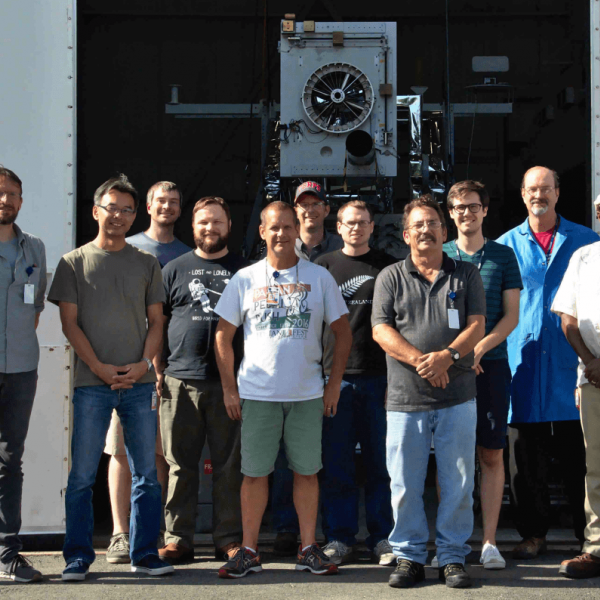
X-Calibur Telescope Preparing for a Stratospheric Balloon Flight

Washington People: Martin Israel

Alex Meshik Received a NASA Award

Flavor of the Moment

Ryan Ogliore received a NASA grant

Professor James Miller discusses constructing a class from curiosity to course listings ...
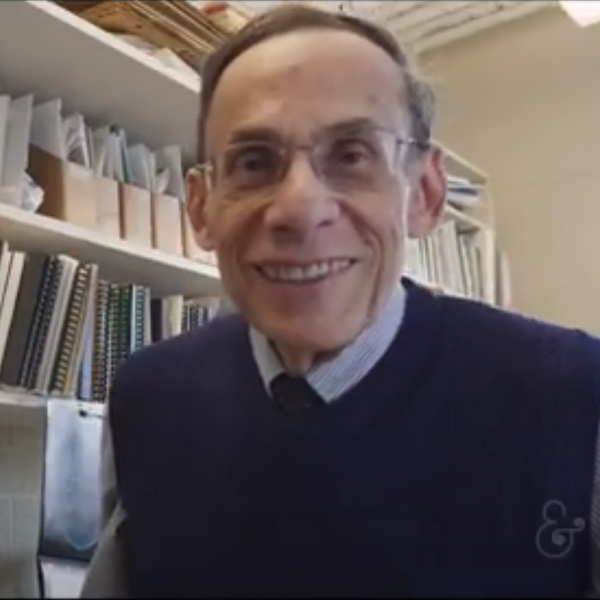
Congratulations to Professor Martin Israel the recipient of the 2018 Dean's Medal ...

Prof Li Yang has been selected into the list of the world’s most impactful scientific researchers by Clarivate Analytics (Web of Science) ...

Professor Erik Henriksen: New view on electron interactions in graphene ...

Brian Rauch has received continued support from NASA for particle astrophysics research with the Antarctic Impulsive Transient Antenna.

Professor Kater Murch has been selected as 2018 Cottrell Scholar ...

Professor Willem Dickhoff ... Reaching for Neutron Stars ...

Professor Kater Murch and Rochester scientists discuss a bit of a quantum magic trick ...

Prof. Mikhail Tikhonov says Microbiology Needs More Math ...

Prof. James Buckley has received a grant from the U.S. Department of Energy in support of theoretical and experimental studies in particle physics and cosmology.

Prof. Kenneth F. Kelton has received a grant from the NSF for a research project titled Fundamental Investigations of Nucleation Processes in Silicate Liquids and Glasses with a Goal of Developing Predictive Models for Glass Formation and Crystallization.

Prof. Li Yang has received a grant from the U.S. Air Force Office of Scientific Research for a research project titled Ferroelectricity, Multiferroics, and Enhanced Magnetoelectric Effect in Single-Atomic Layers.

Prof. Christine Floss has received NASA support for a project titled Microanalytical Characterization of Presolar Silicate Grains: Constraints on Grain Formation in Stellar Environments and Grain Survival in the Early Solar Nebula.

Wash U Researchers prepare to fly device over Antarctica to study space radiation ...

Is nature fundamentally weird? Mark Alford explains ...

Professor Ken Kelton's group catch glass transition in the act ...

Professor Kater Murch is Shaking Schrodinger's Cat ...

Mark Alford and Mairin Hynes share why they became scientists ...

Professor Carl Bender discusses how to find your one and only ...

Prof. Kater Murch receives the St. Louis Academy of Sciences 2017 Innovation Award ...

Professor Mark Alford discusses five extreme facts about neutron stars ...

Prof. Carl Bender wins the 2017 Dannie Heinemann Prize for Mathematical Physics ...

Prof. Christine Floss has received NASA support for a project Characterizing Comet 81P/Wild 2 with Acfer 094 and Tagish Lake Analog Foils.

Prof. Ryan Ogliore has received a grant from NASA for a field-emission scanning electron microscope that will be used to analyze samples of comets and asteroids.

Congratulations to Prof. James G. Miller who was named the recipient of the 2016 Rayleigh Award at the International Ultrasonics Symposium held this year in Tours, France...

Congratulations to Prof. Willem Dickhoff who has received a grant from NSF for a project titled "Green’s Functions and the Nuclear Many-body Problem".

Prof. Krawczynski’s team is preparing for the launch of the balloon borne X-Calibur experiment to study black holes and neutron stars. Follow the team via a blog with daily updates...

Congratulations to Prof. Kater Murch on being awarded a NSF grant to investigate Measurement and Control in Open Quantum Systems ...

Beautifully Bright Black Holes
Physics faculty are encouraged to contact University Marketing & Communications for help with press releases and media outreach.
for more physics news
Check out our Annual Newsletter for more behind-the-scenes news about the department's people and activities.
Annual Newsletter